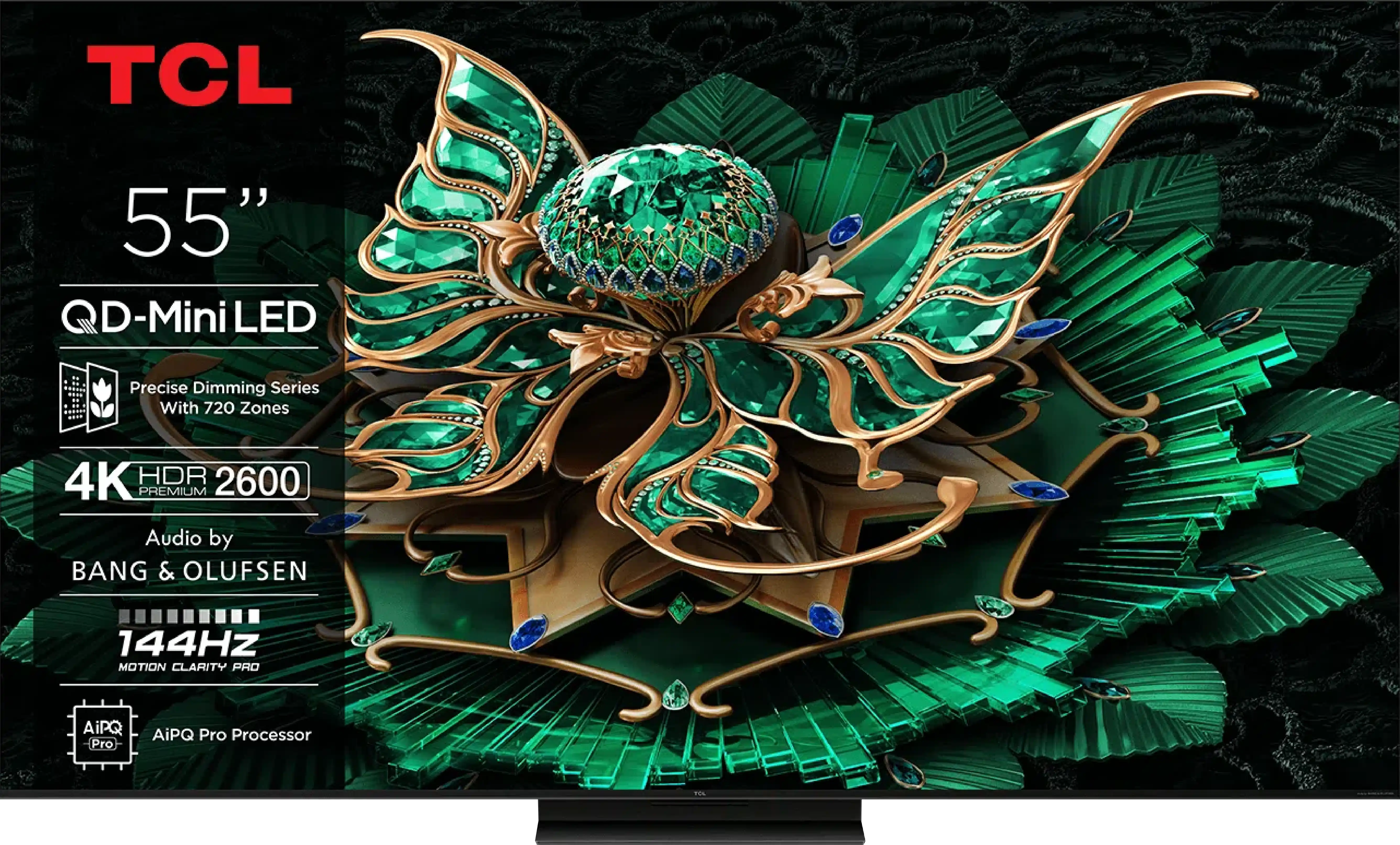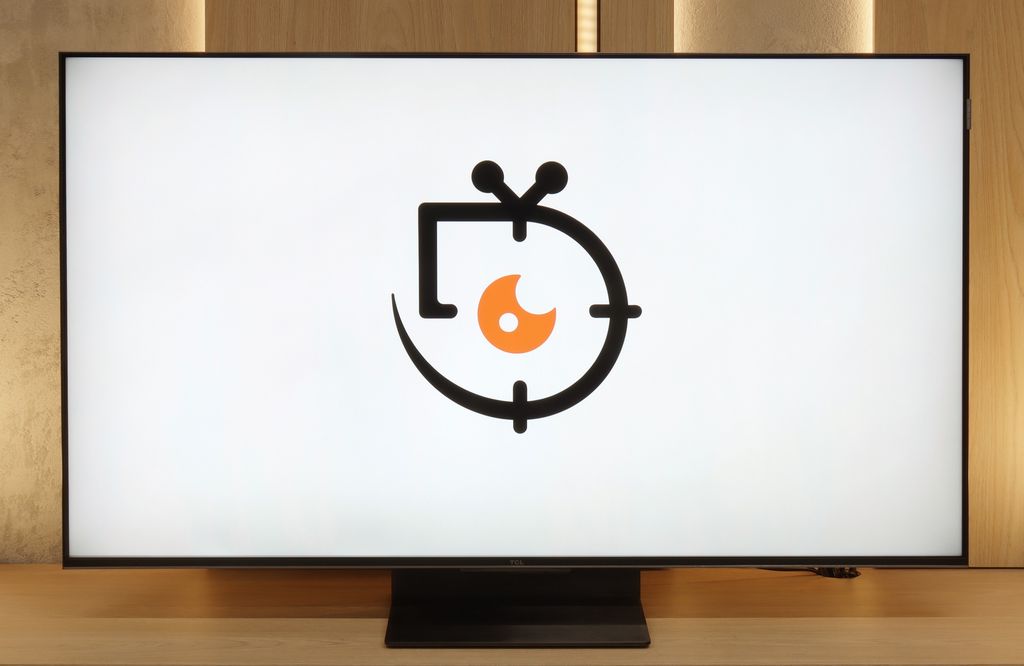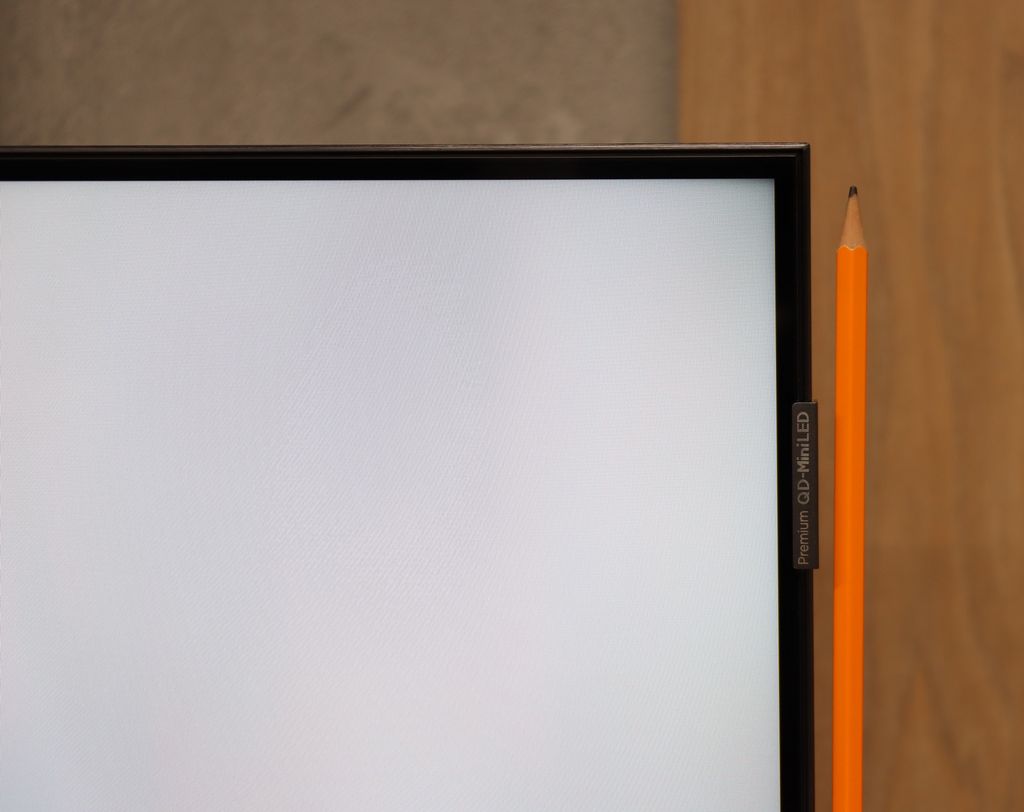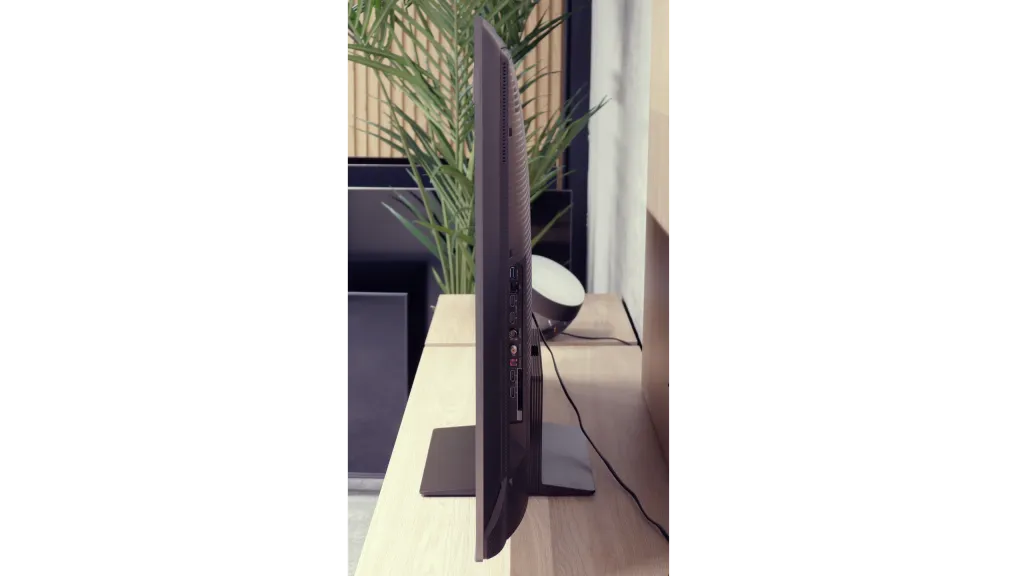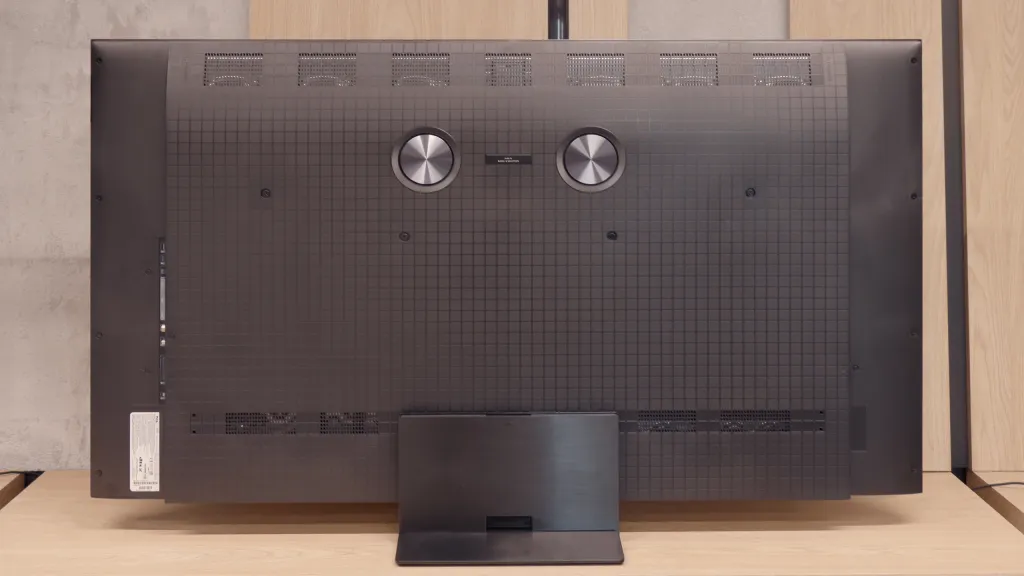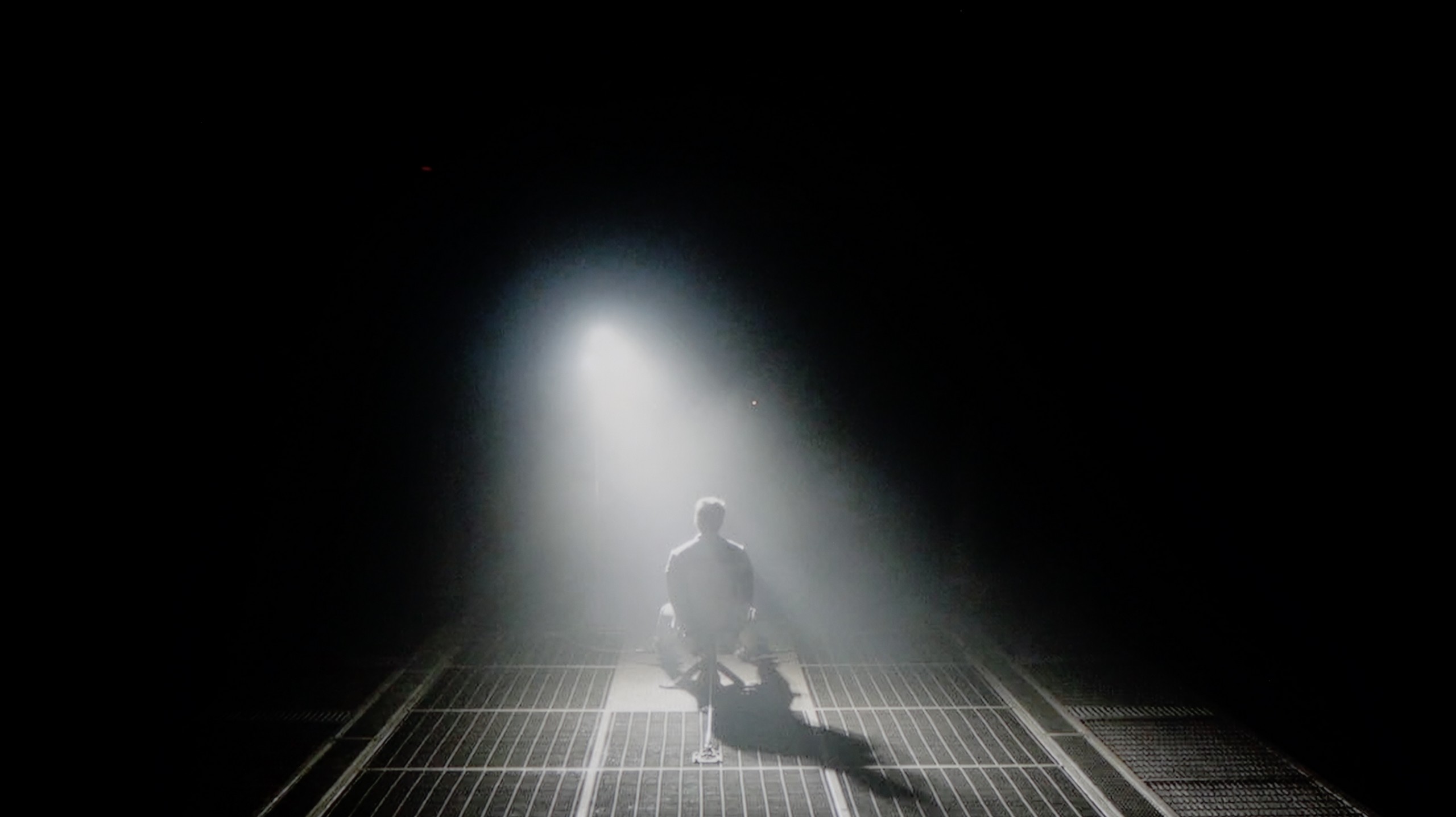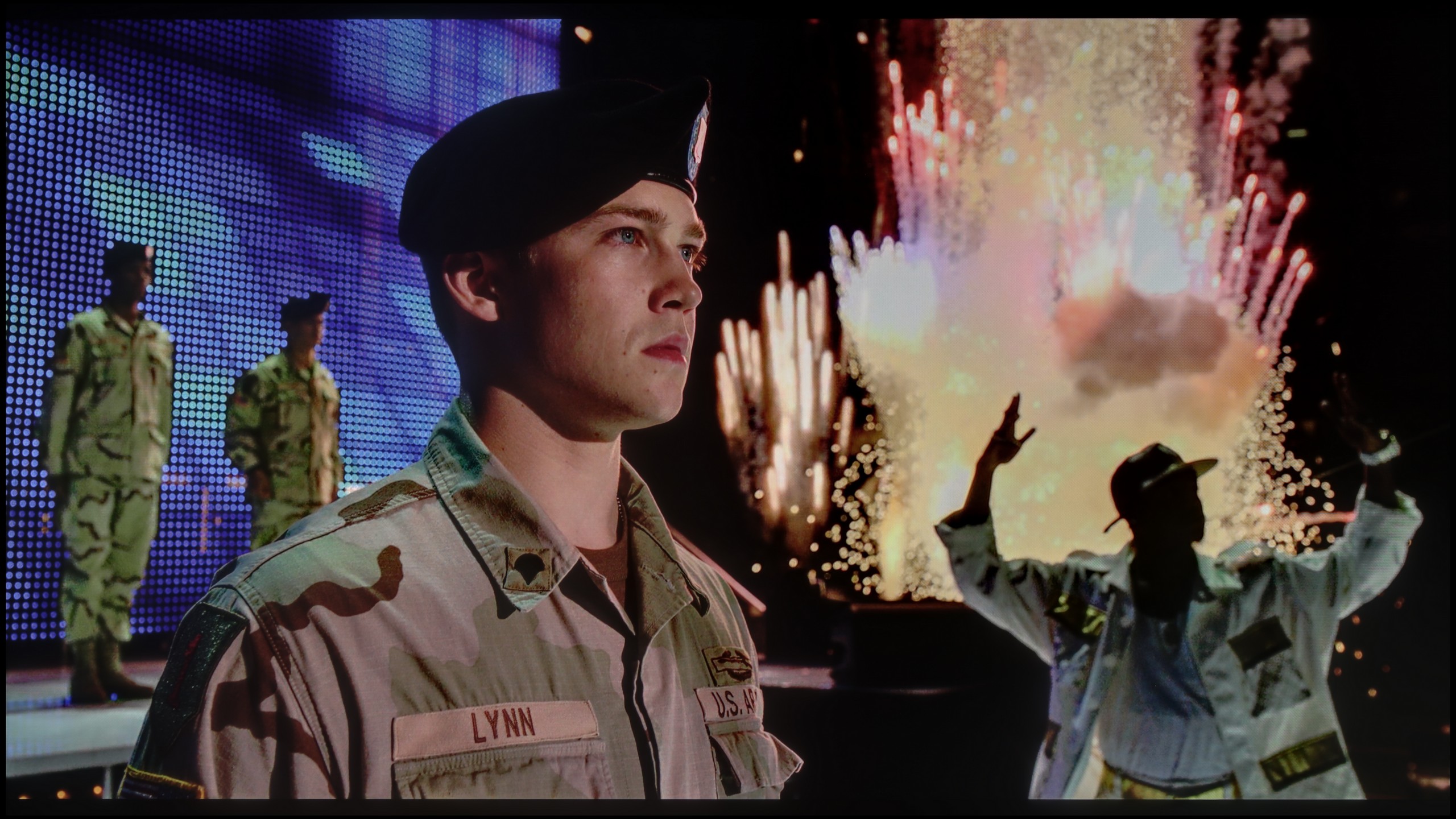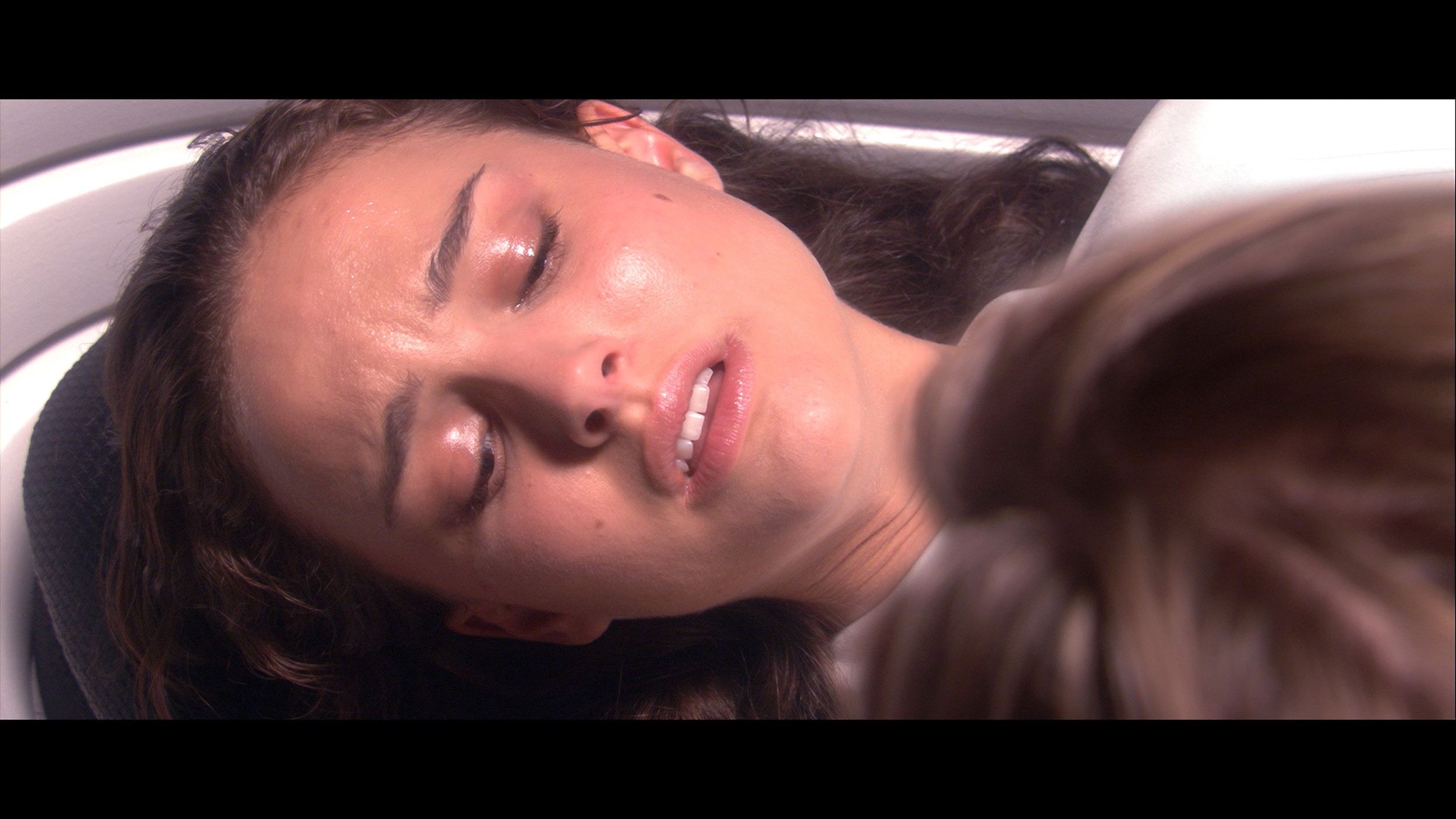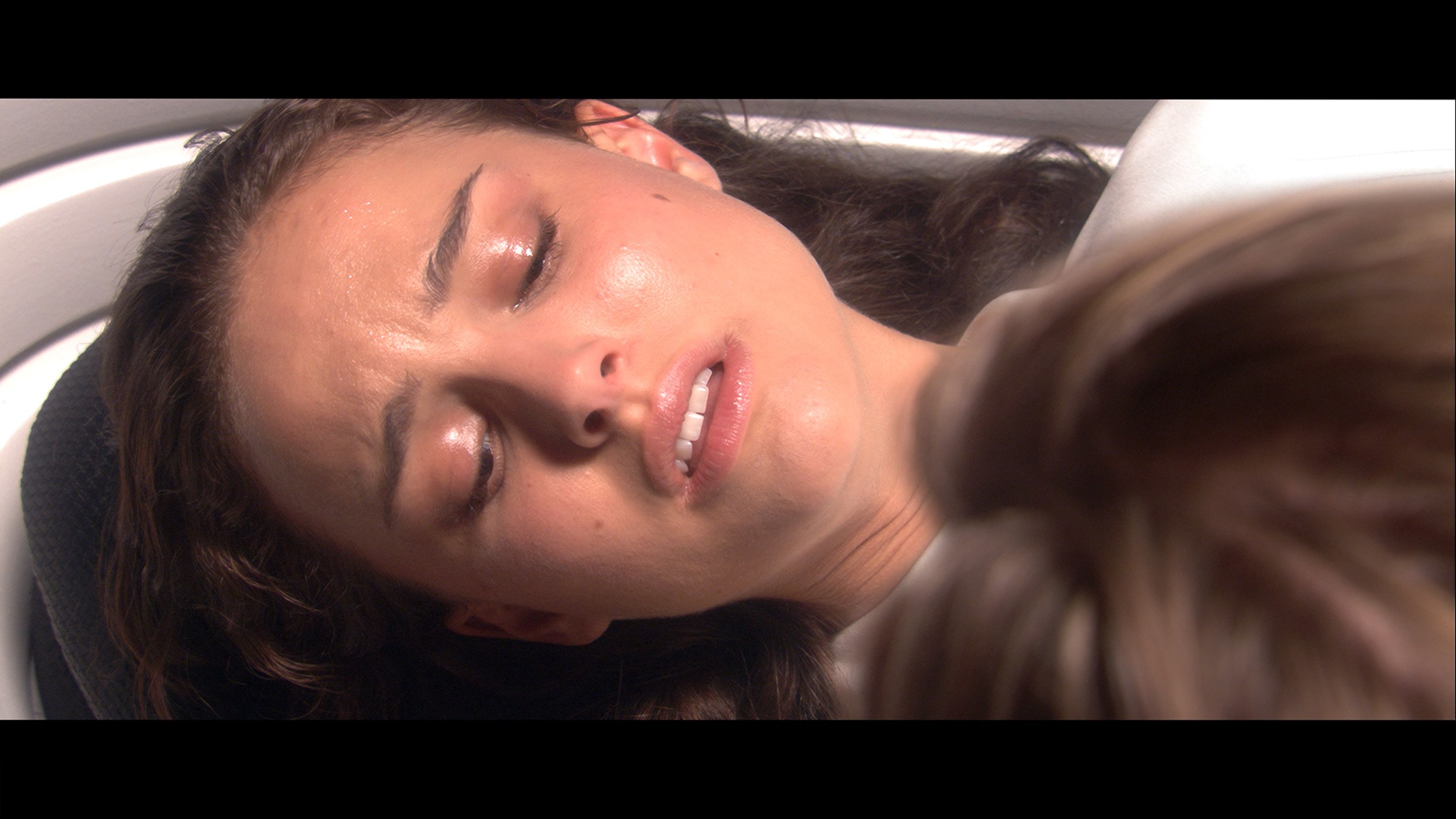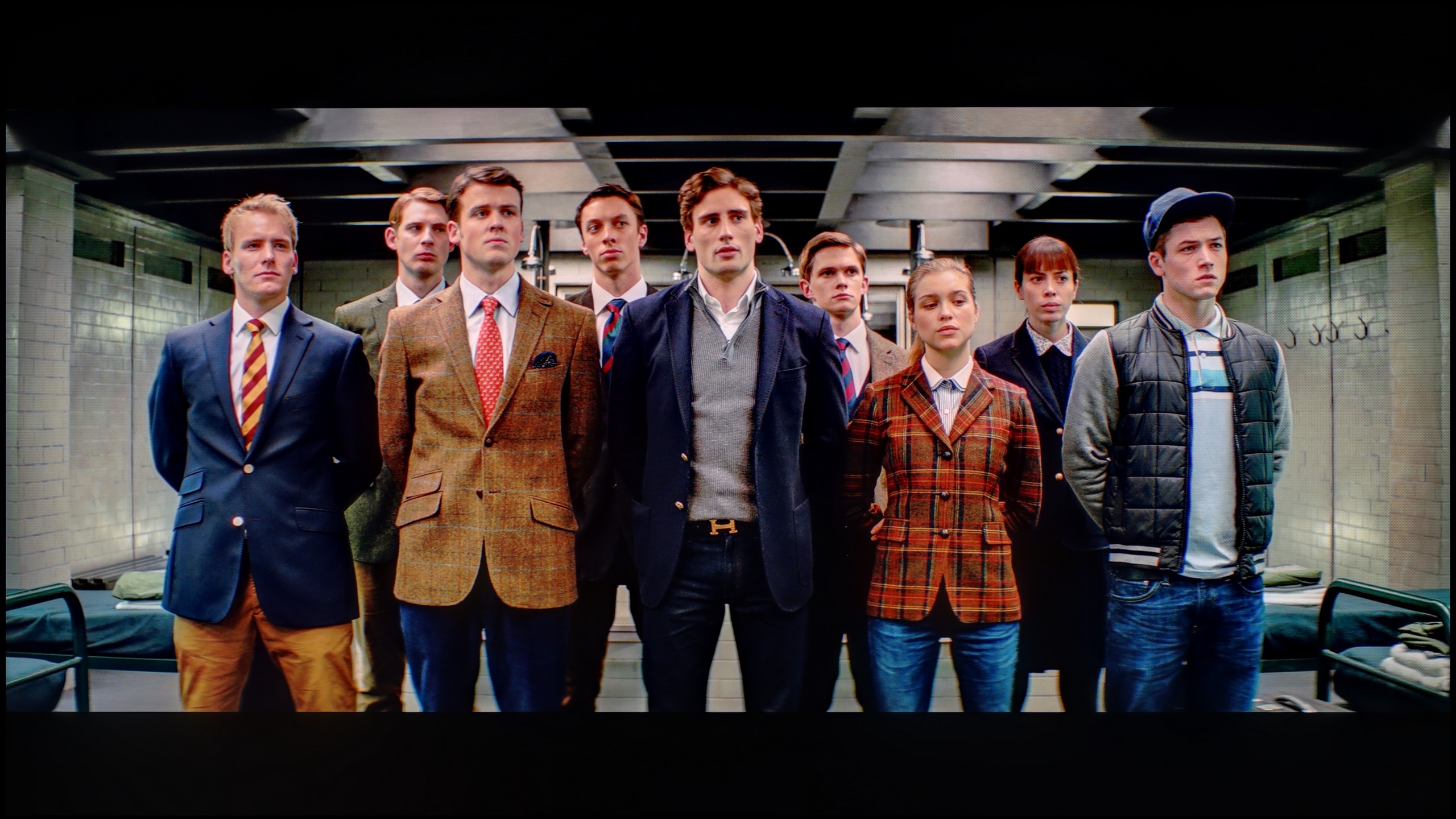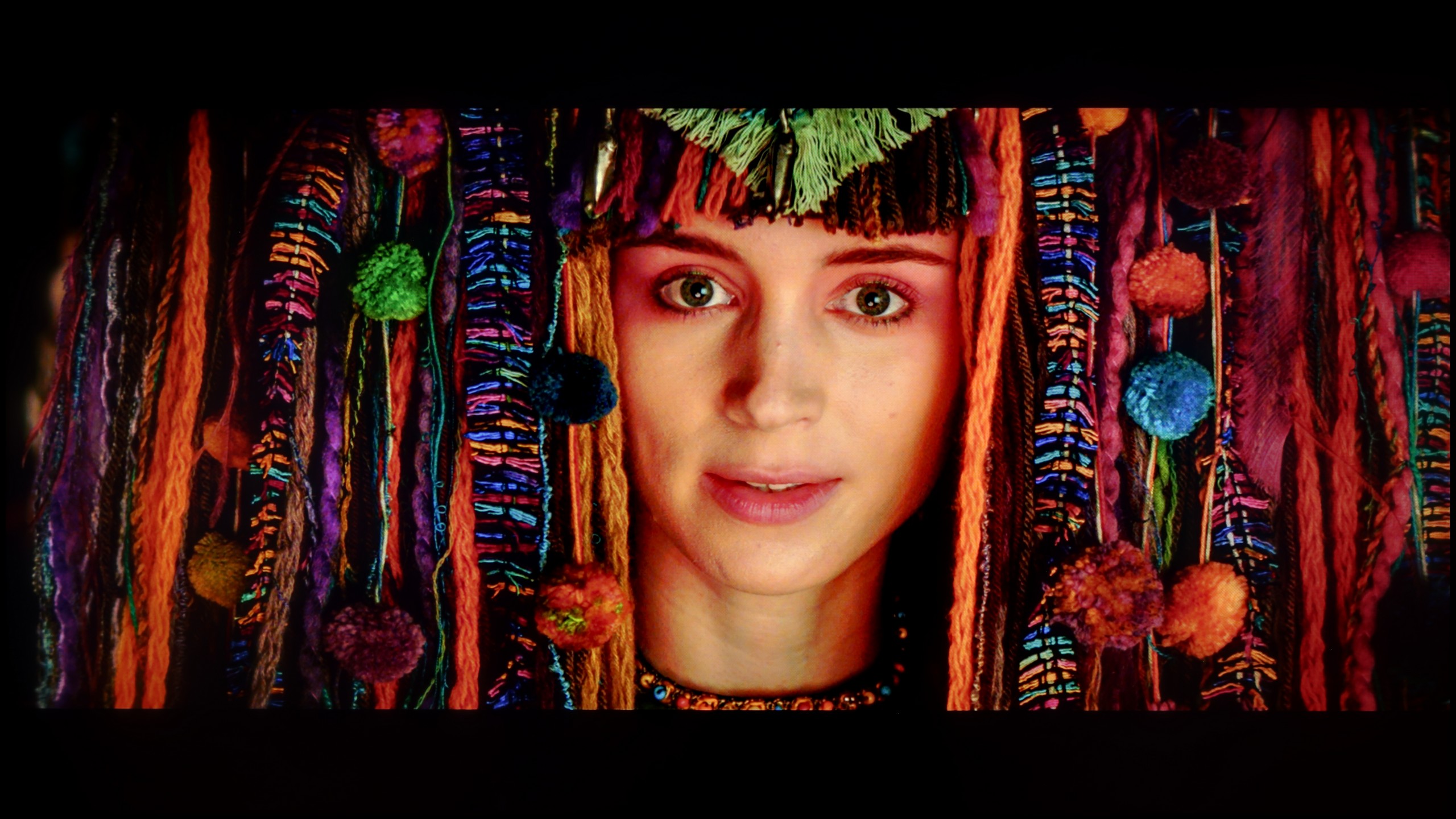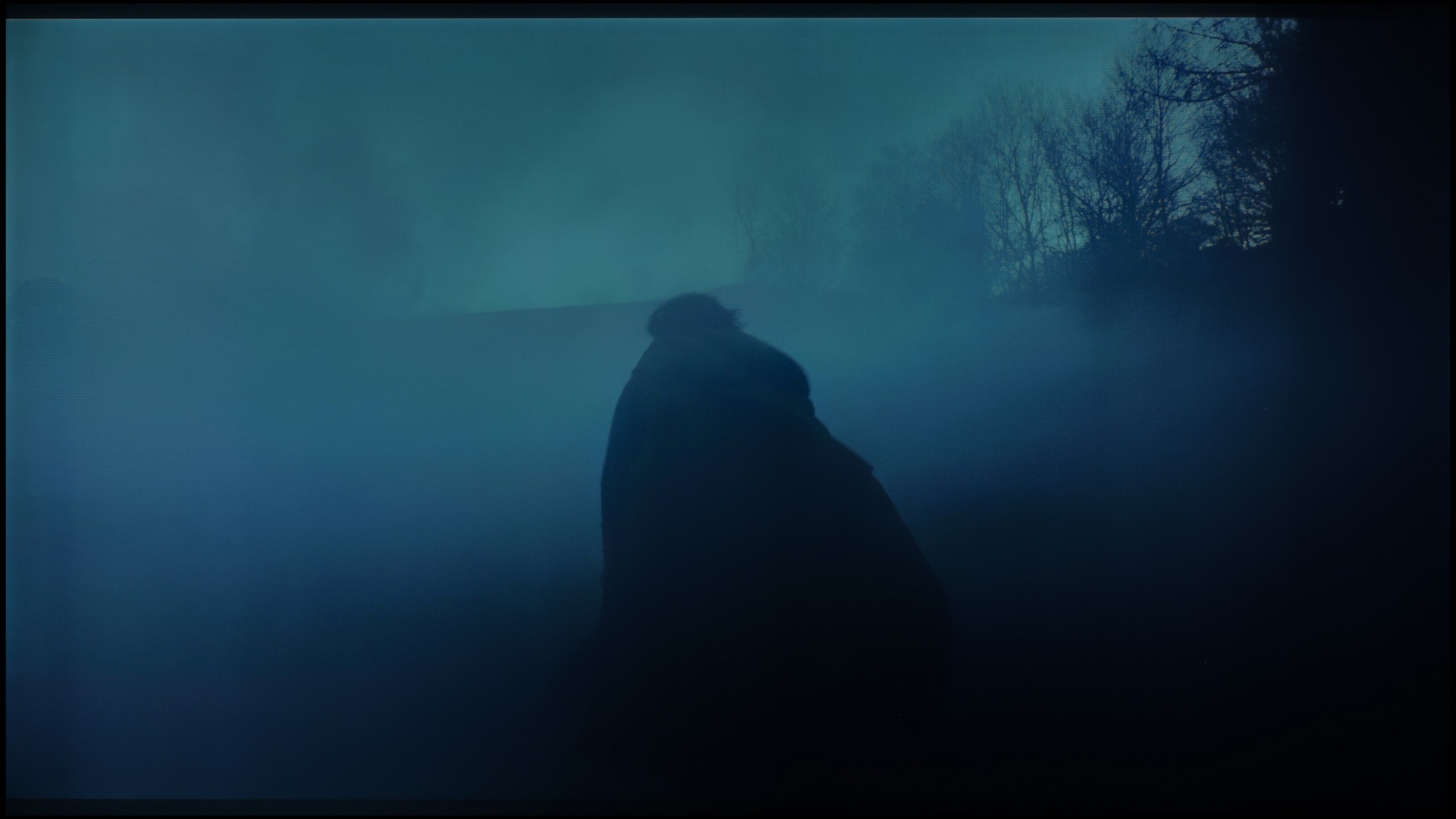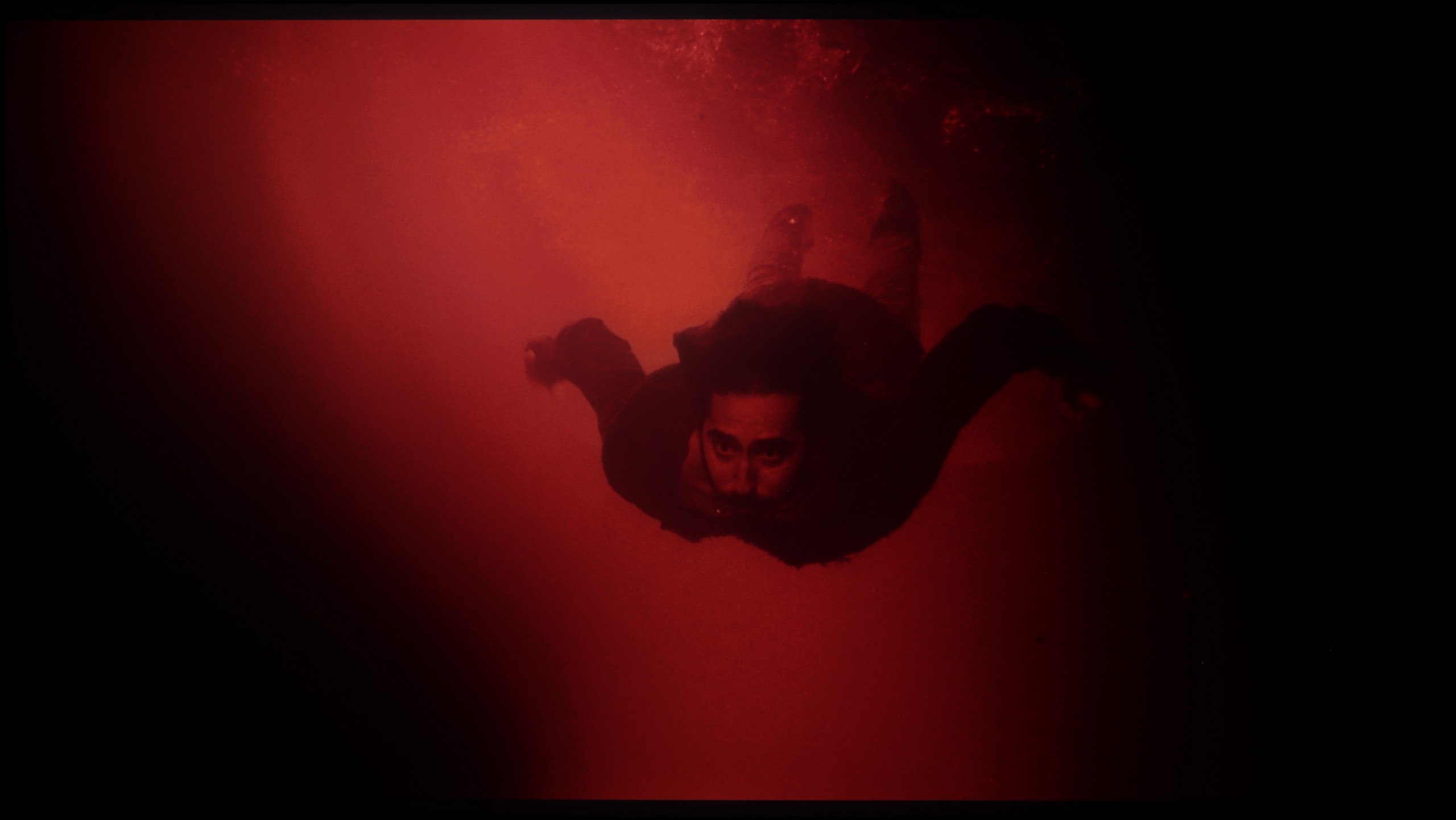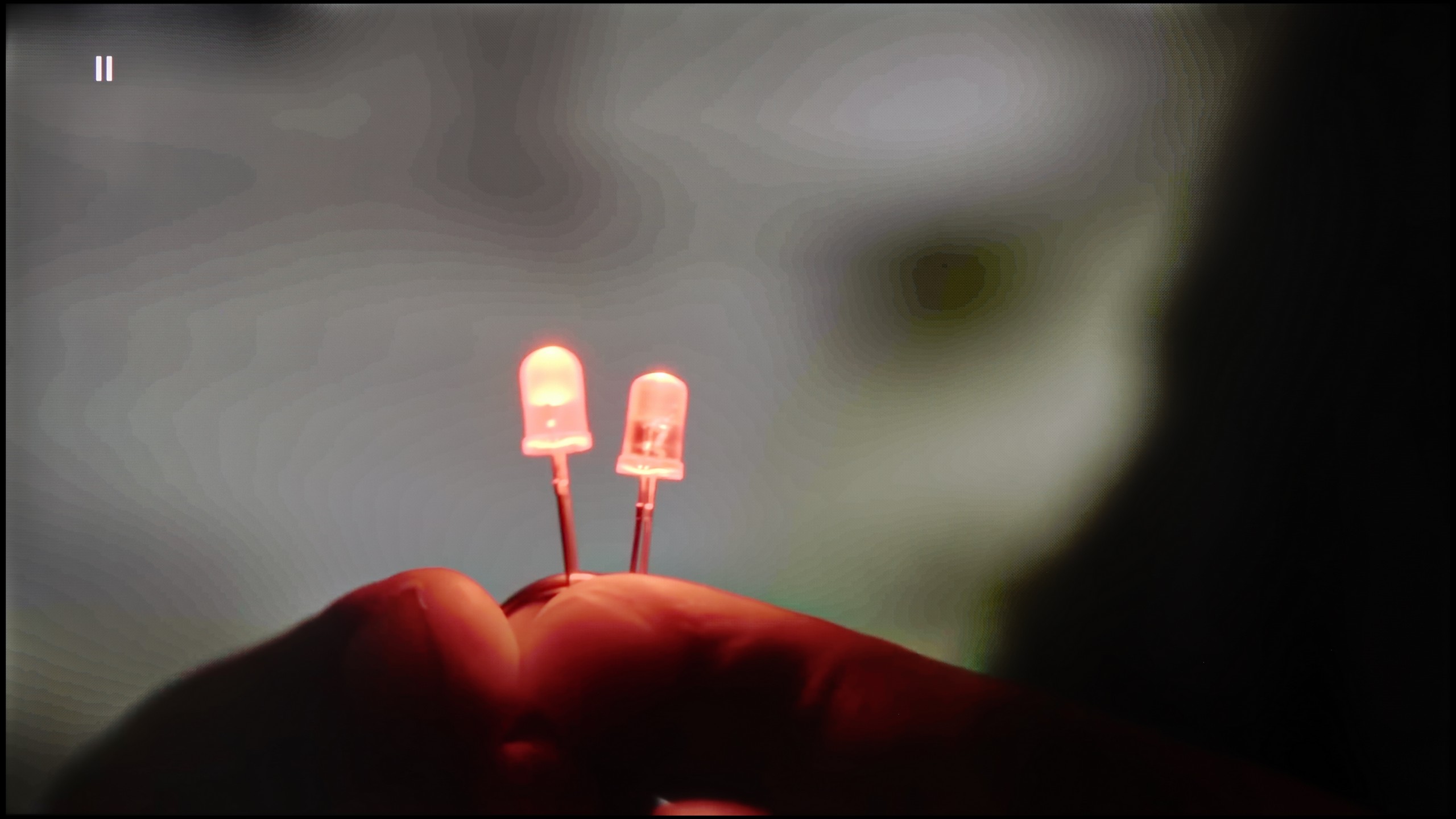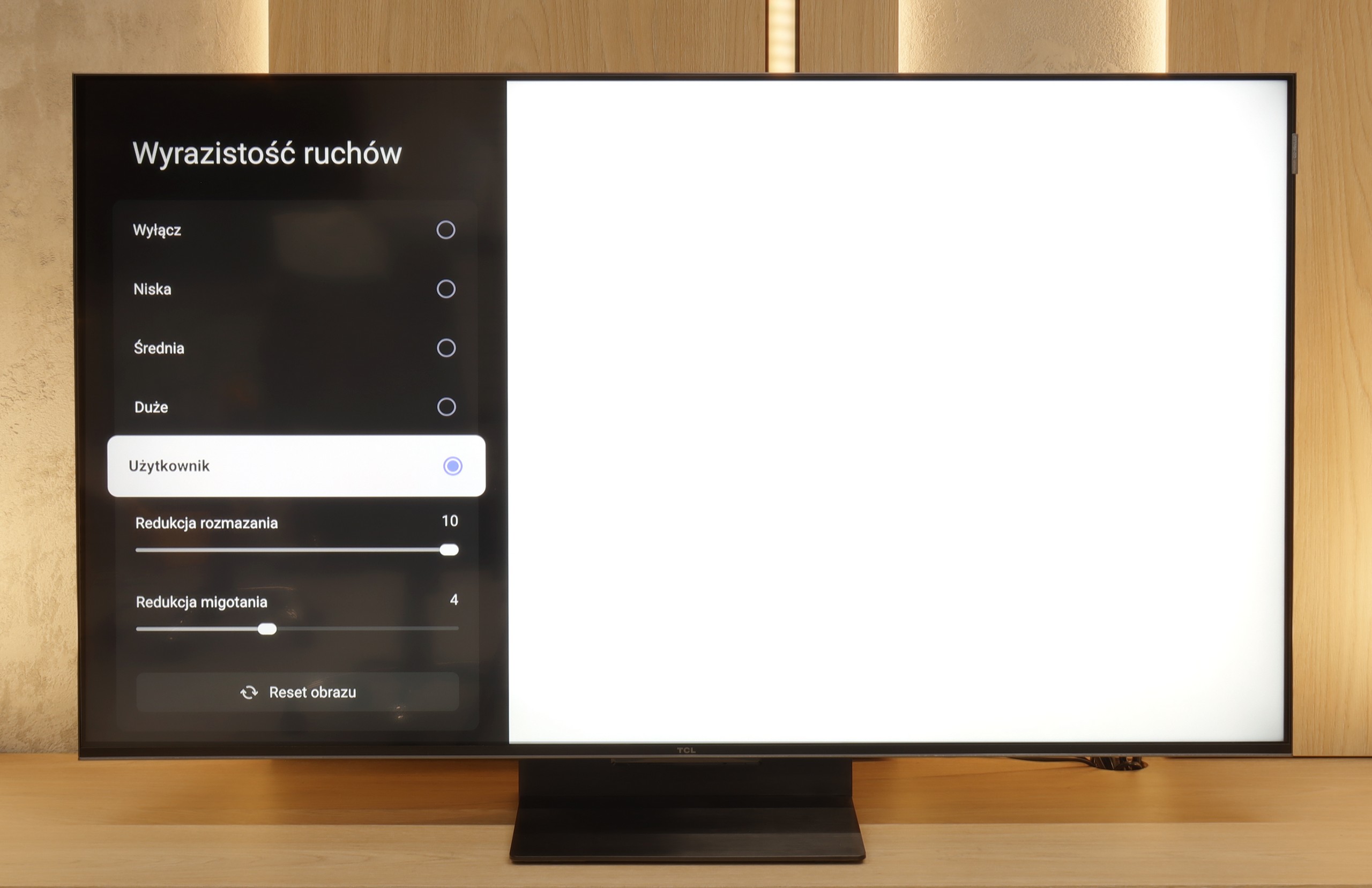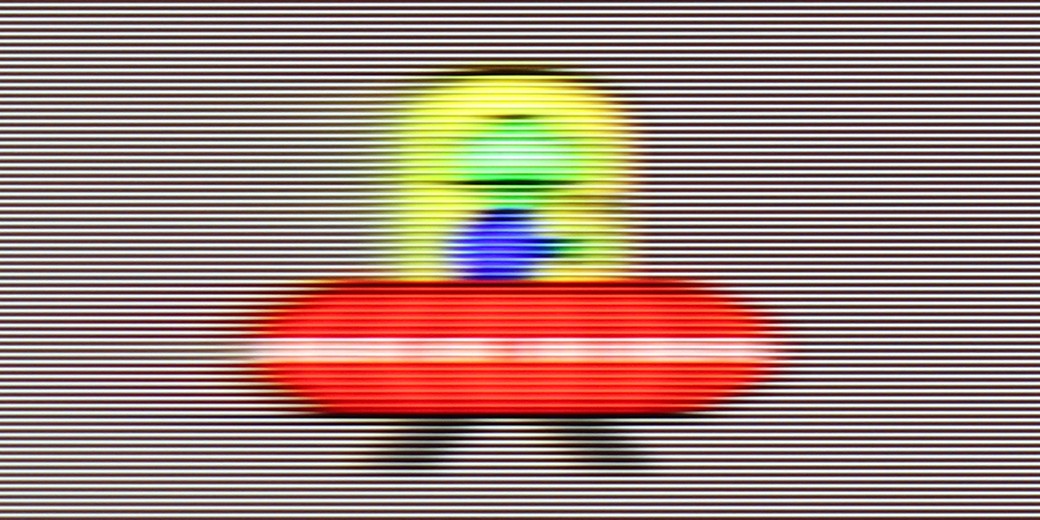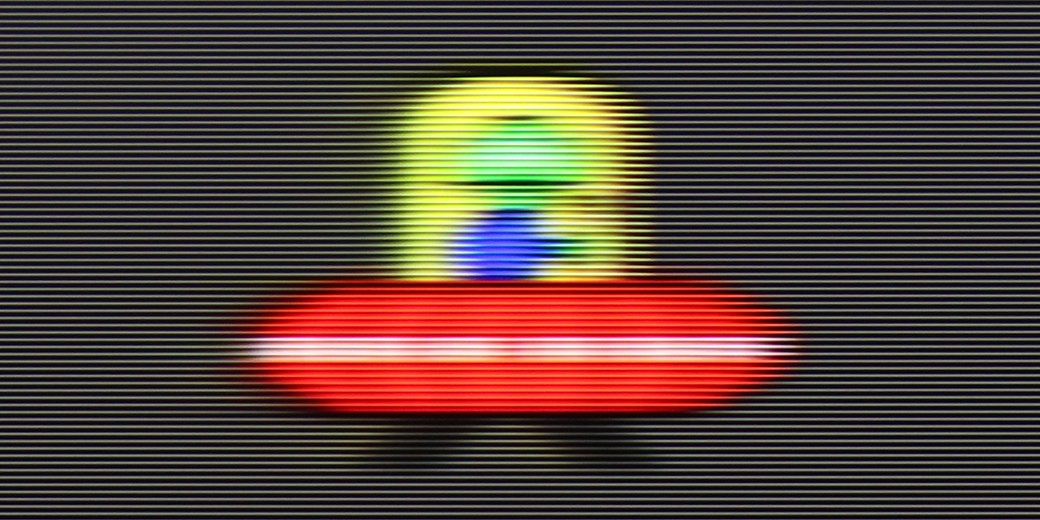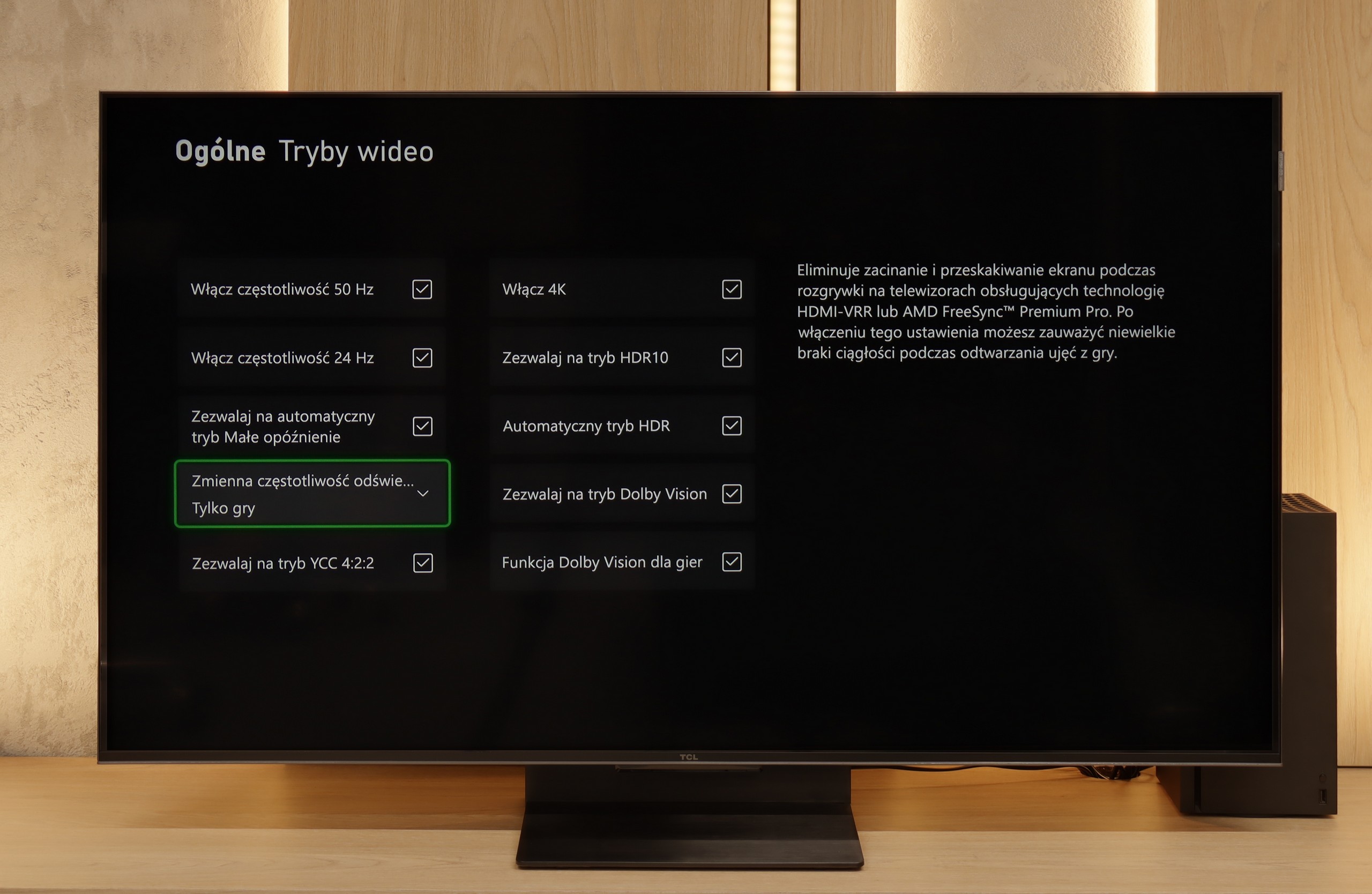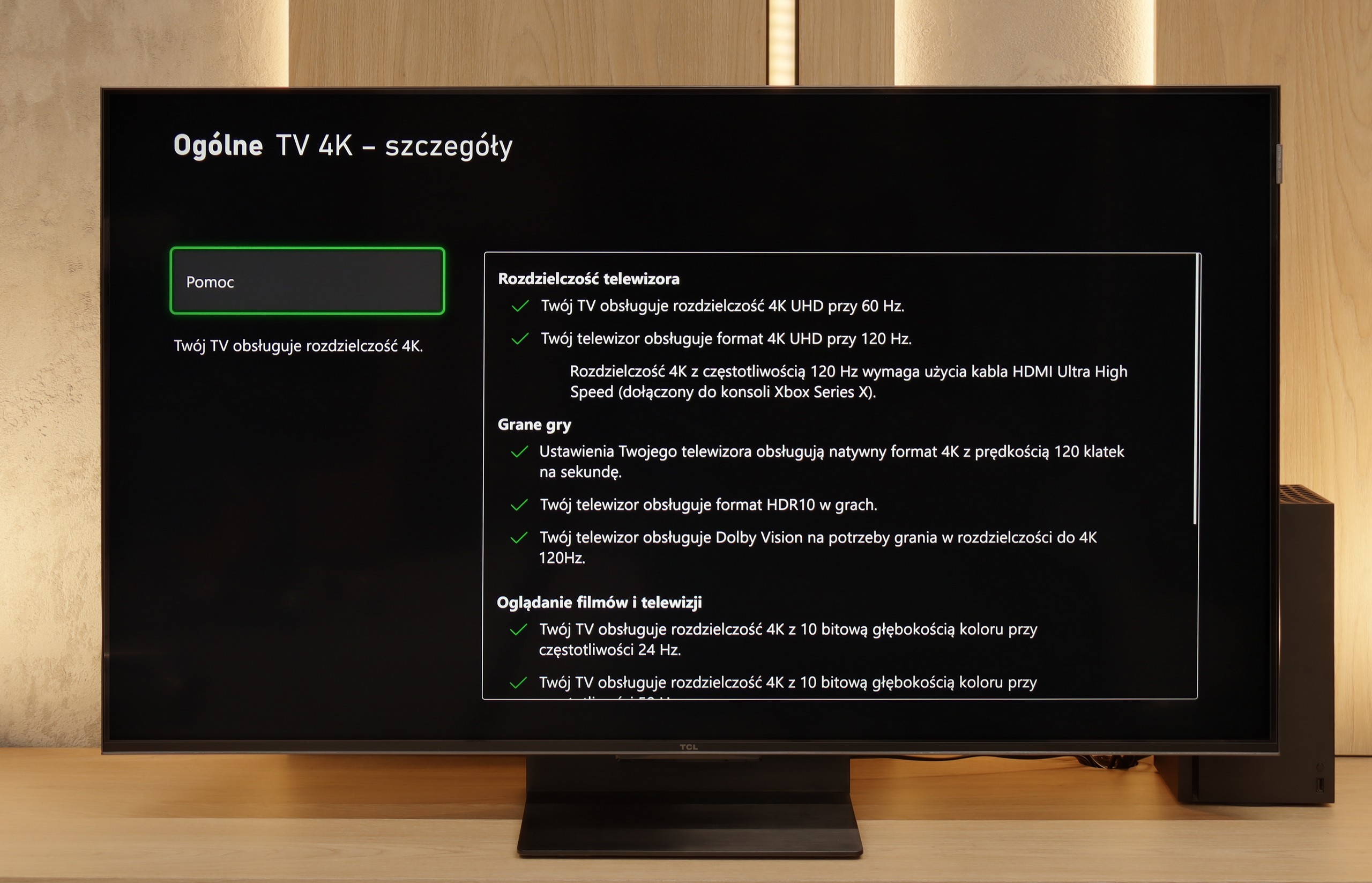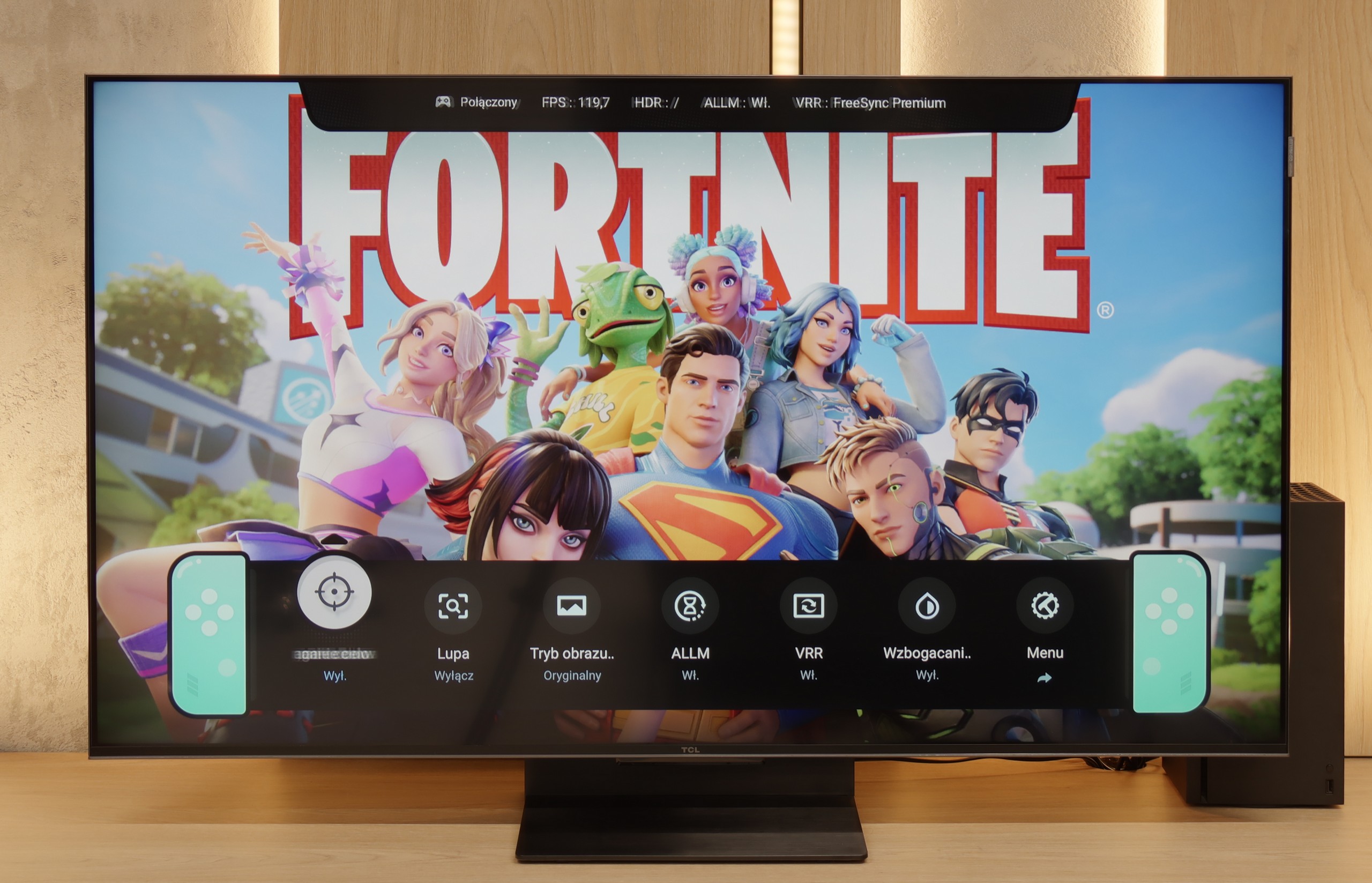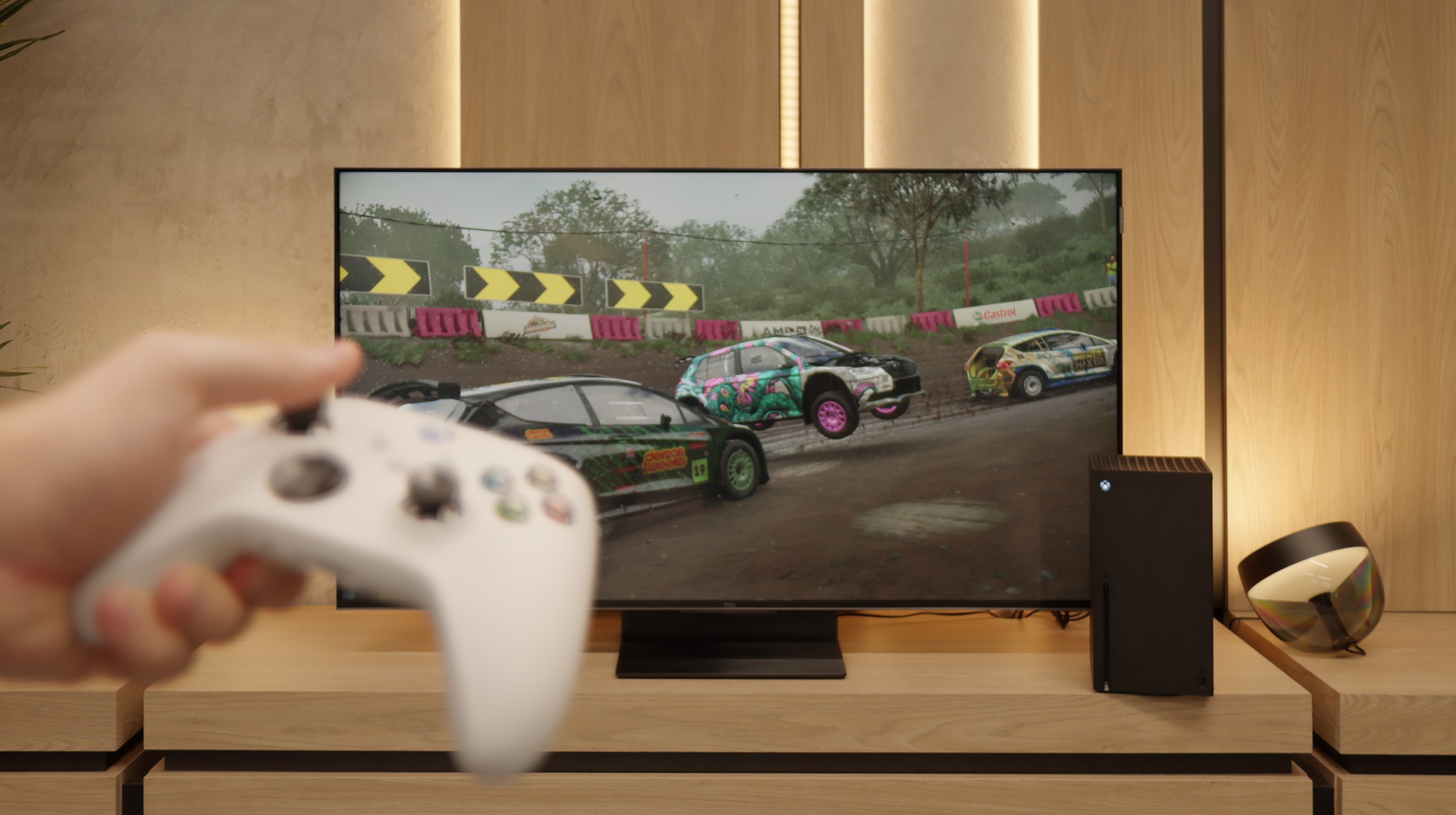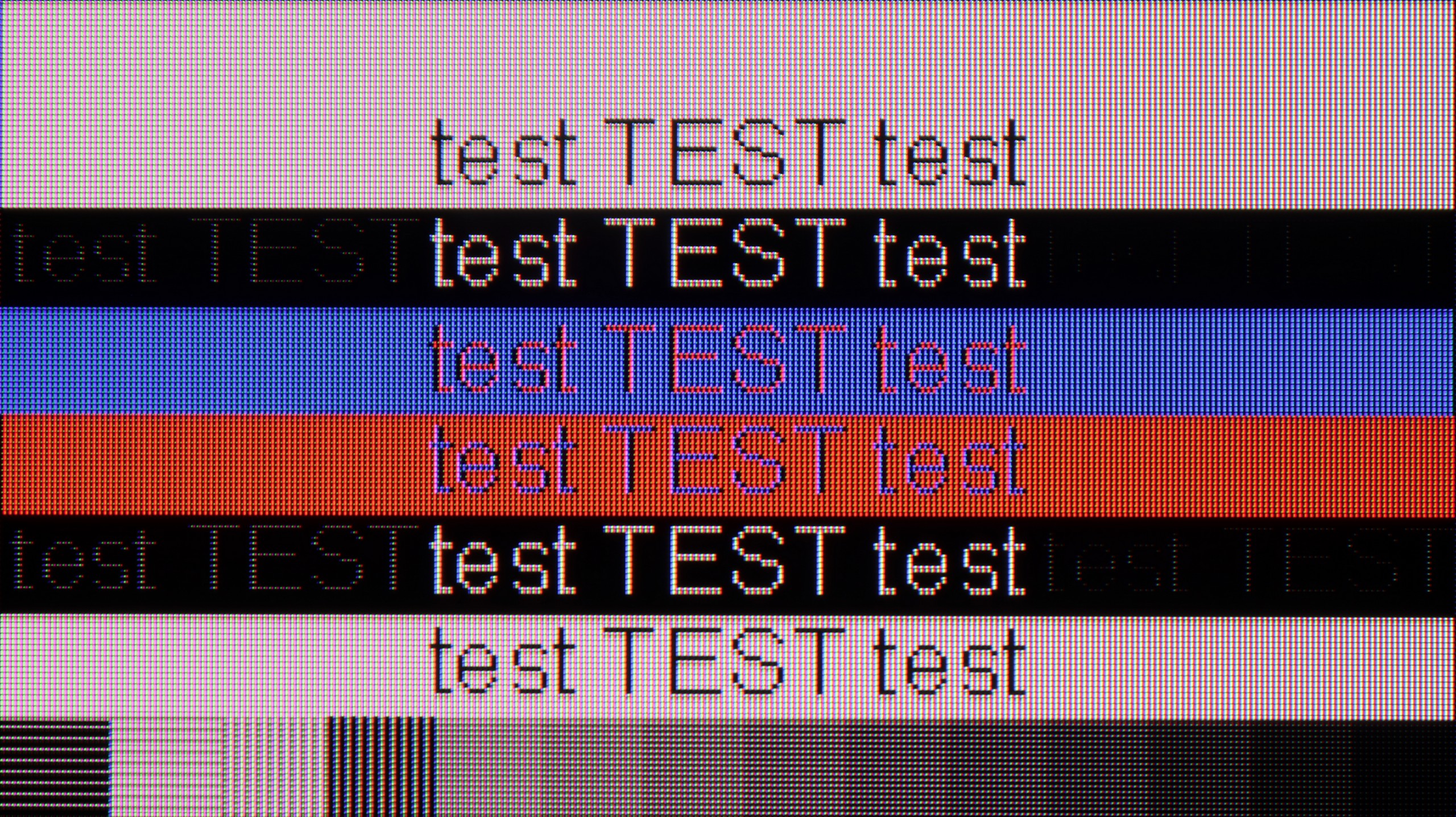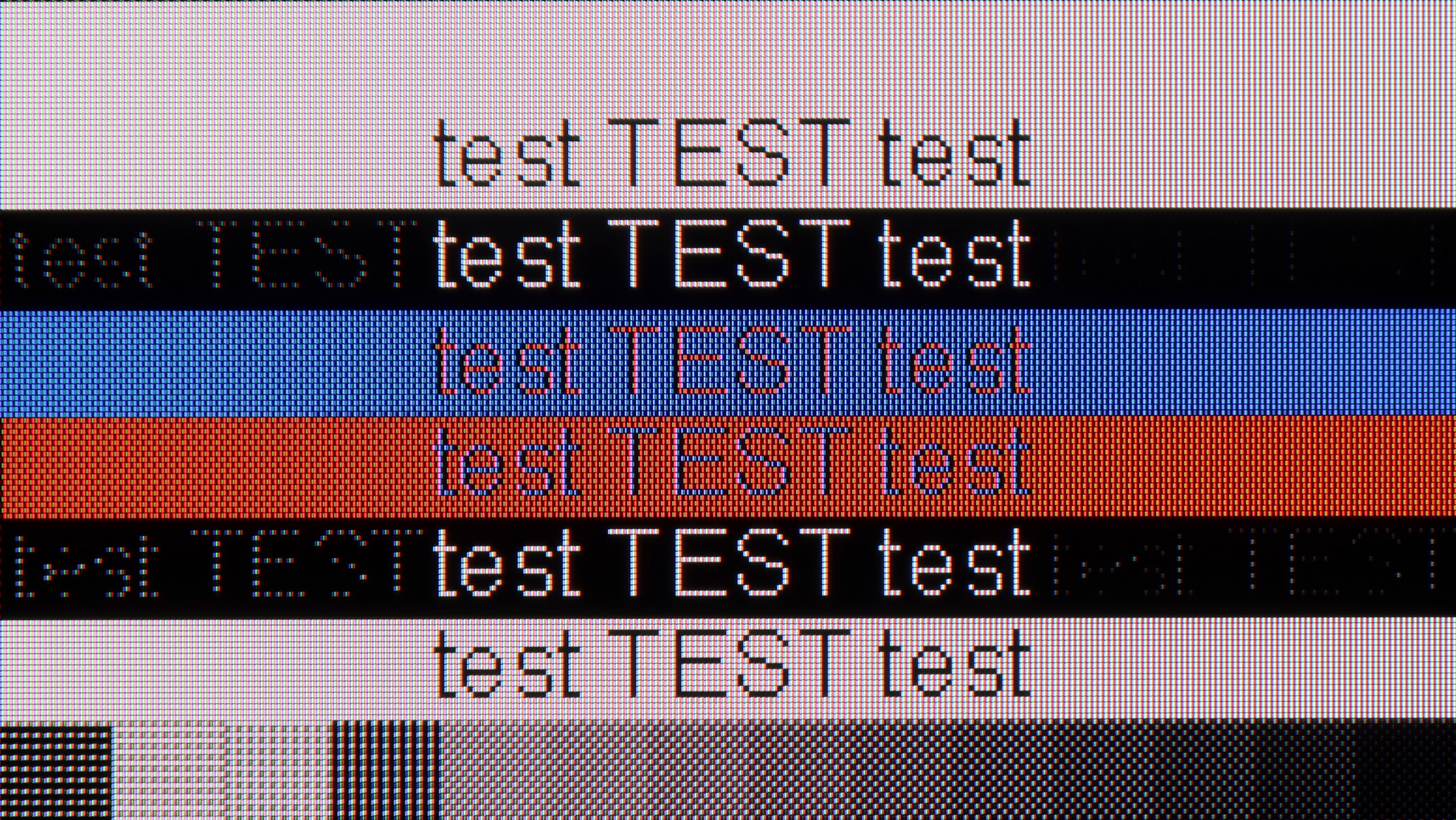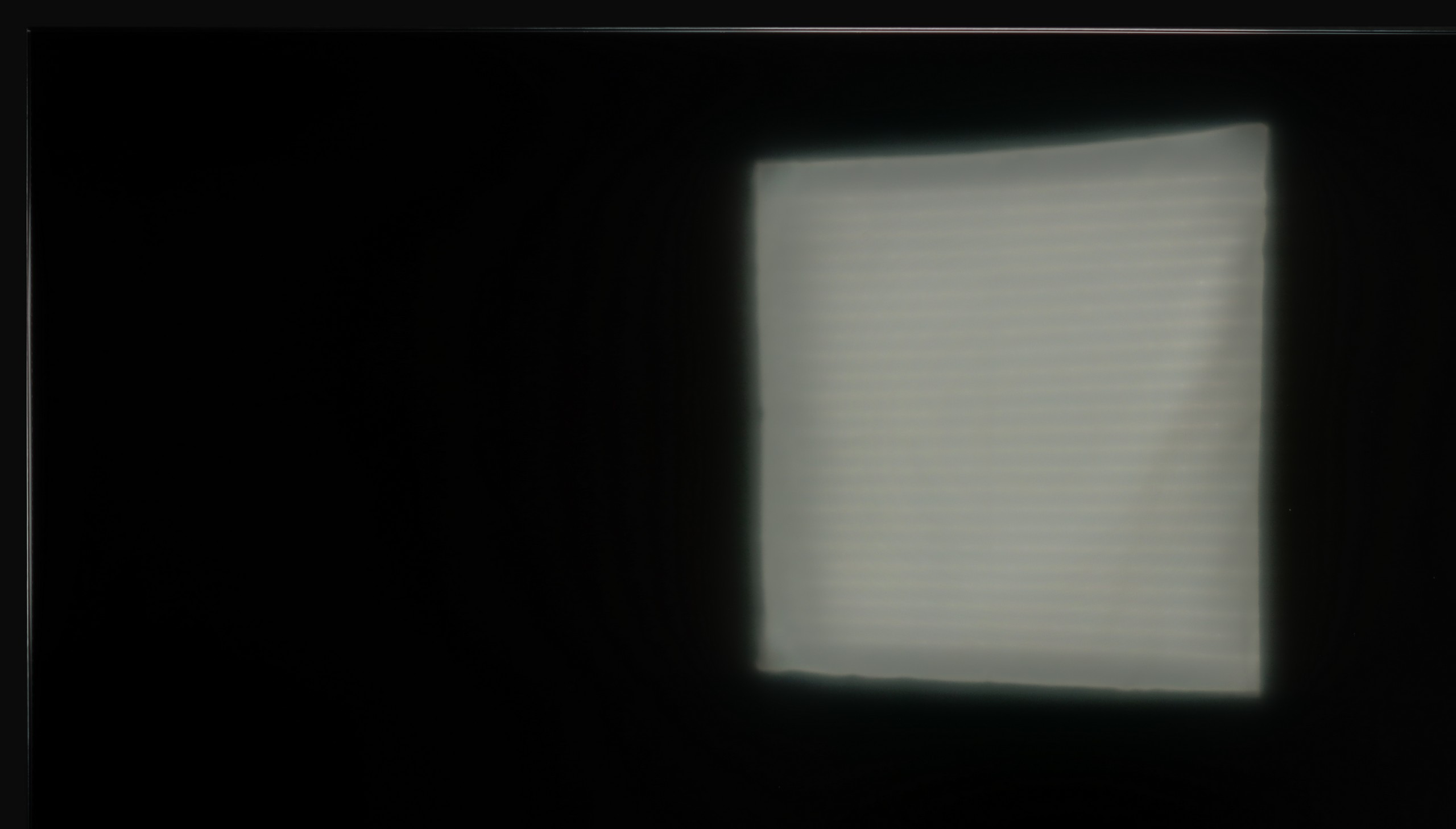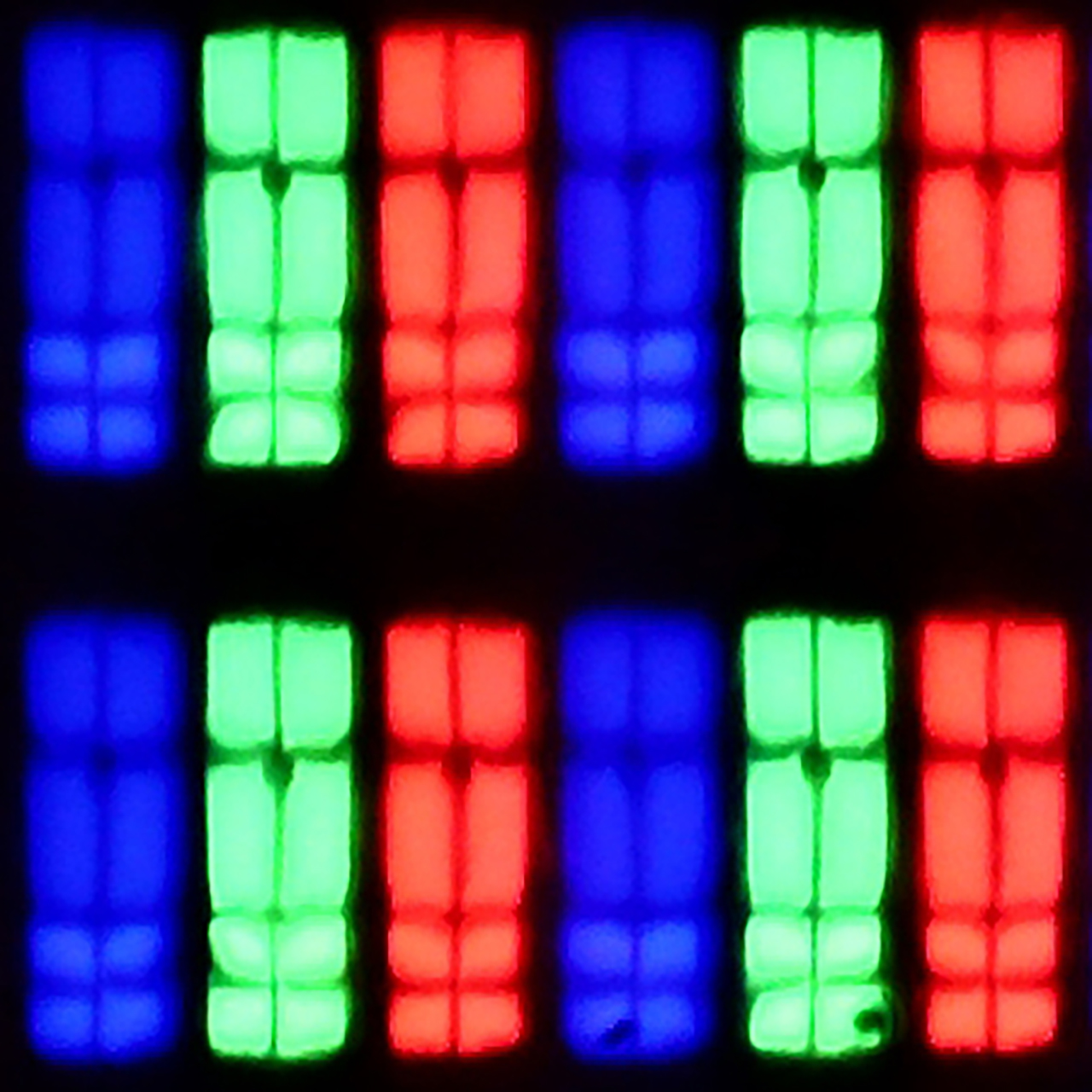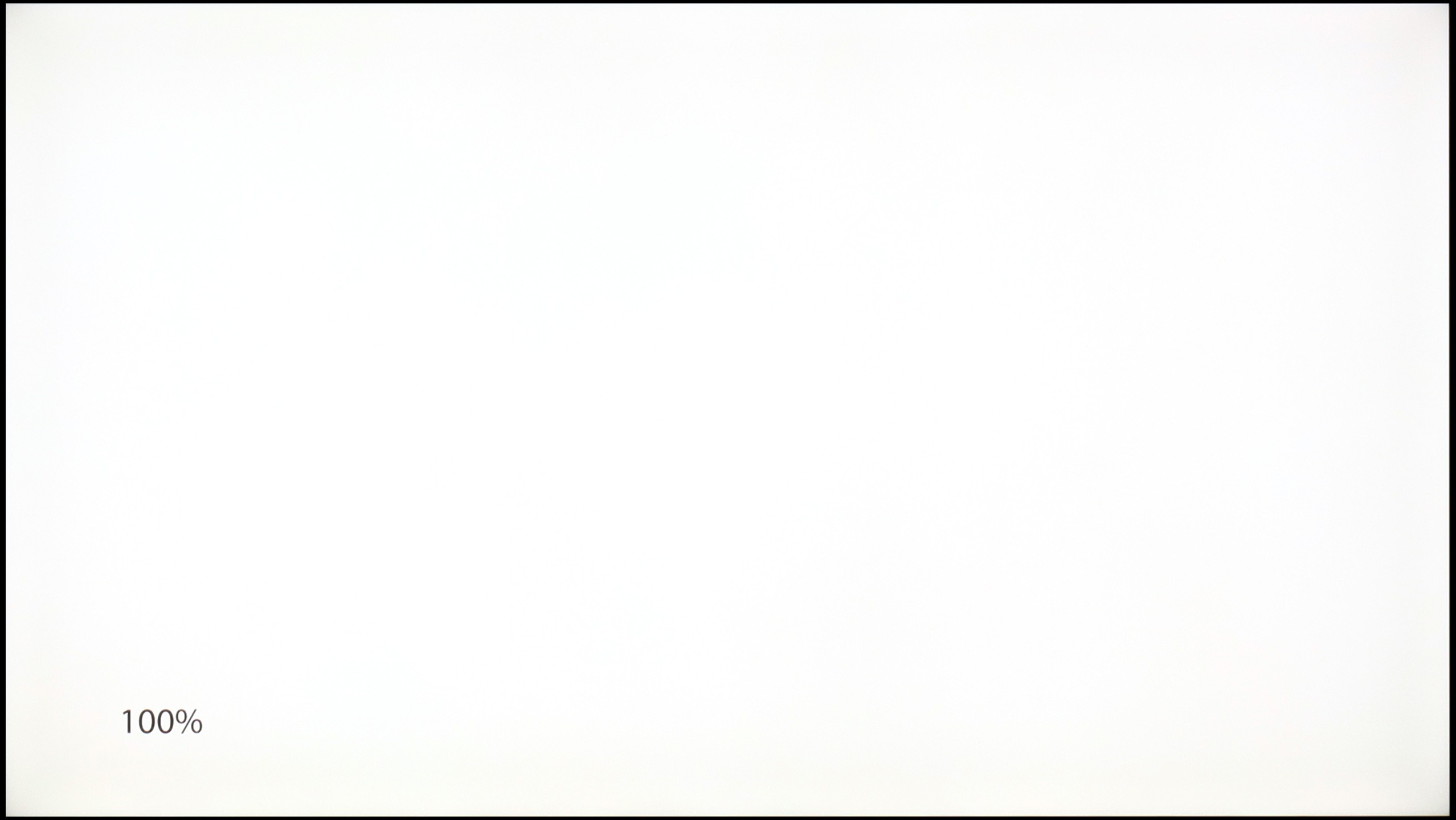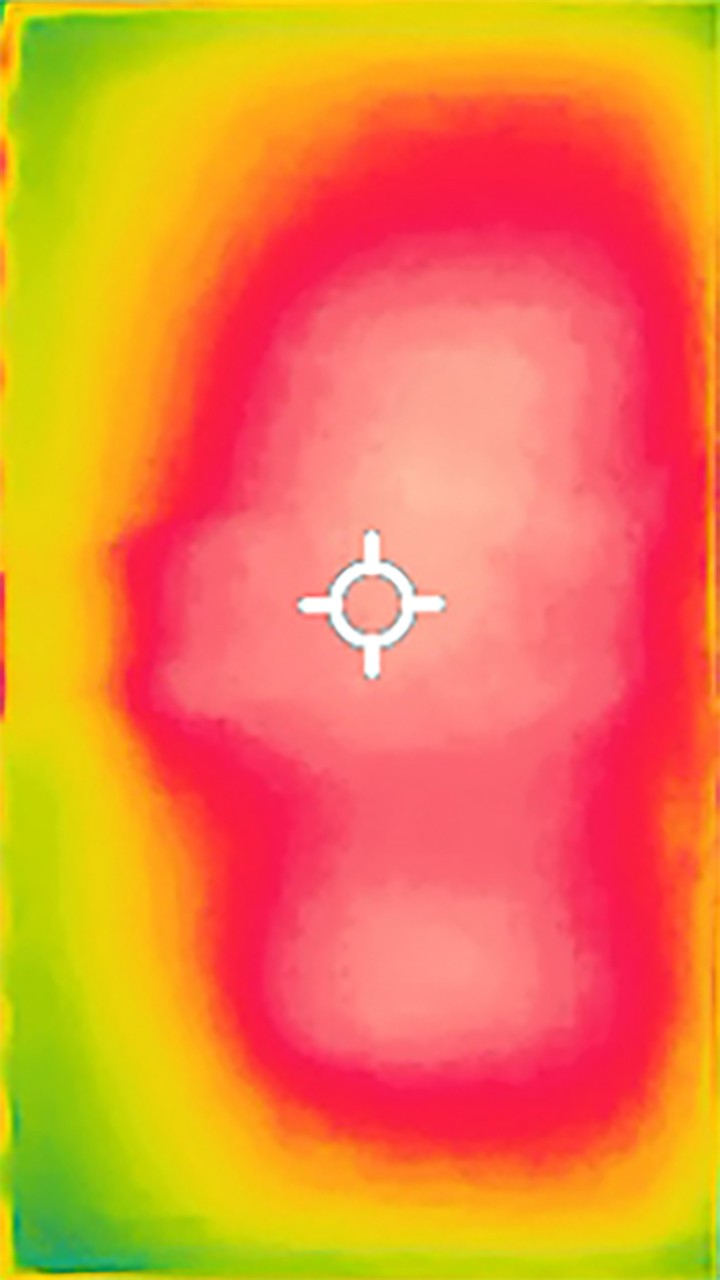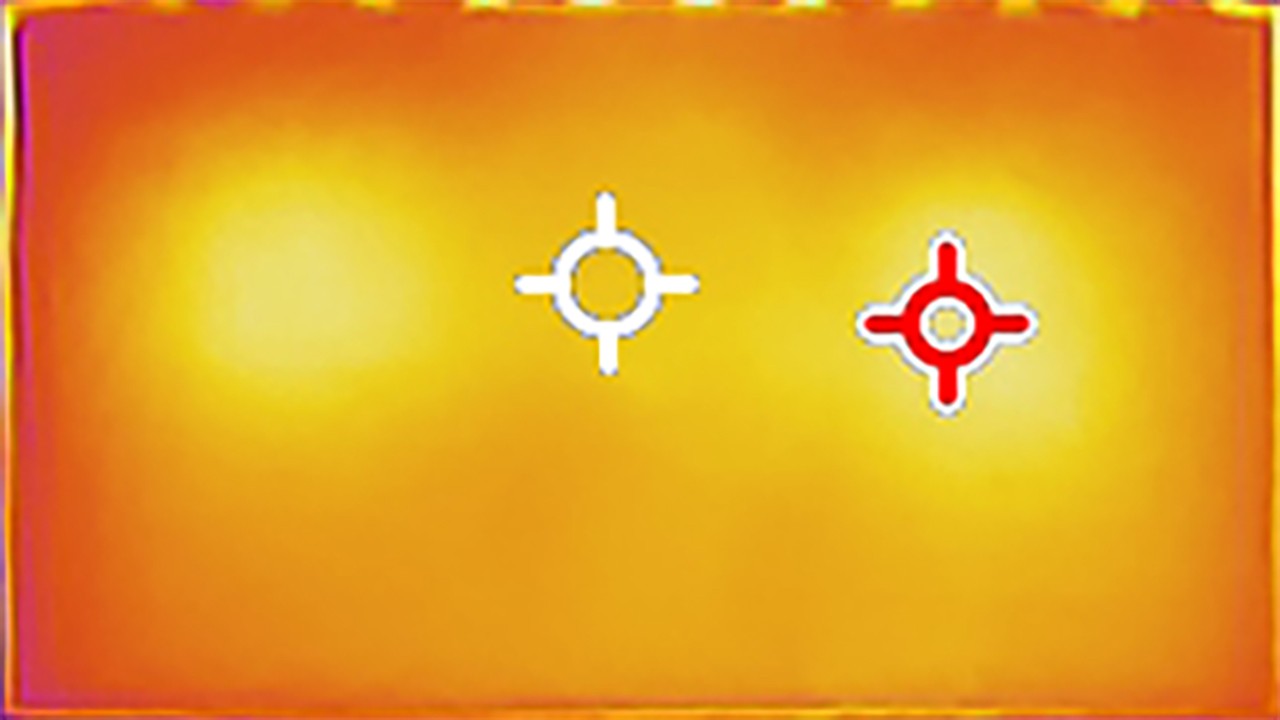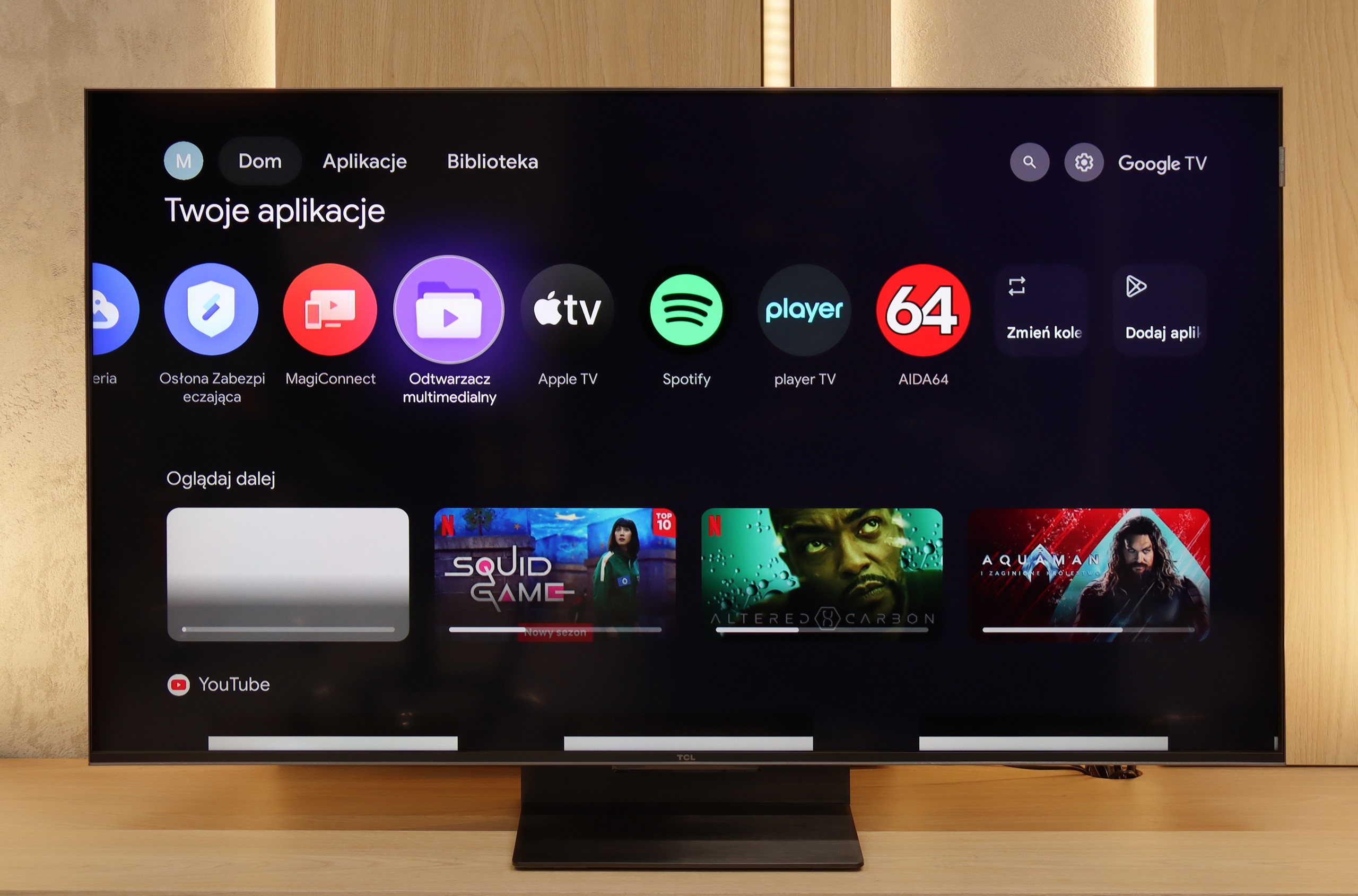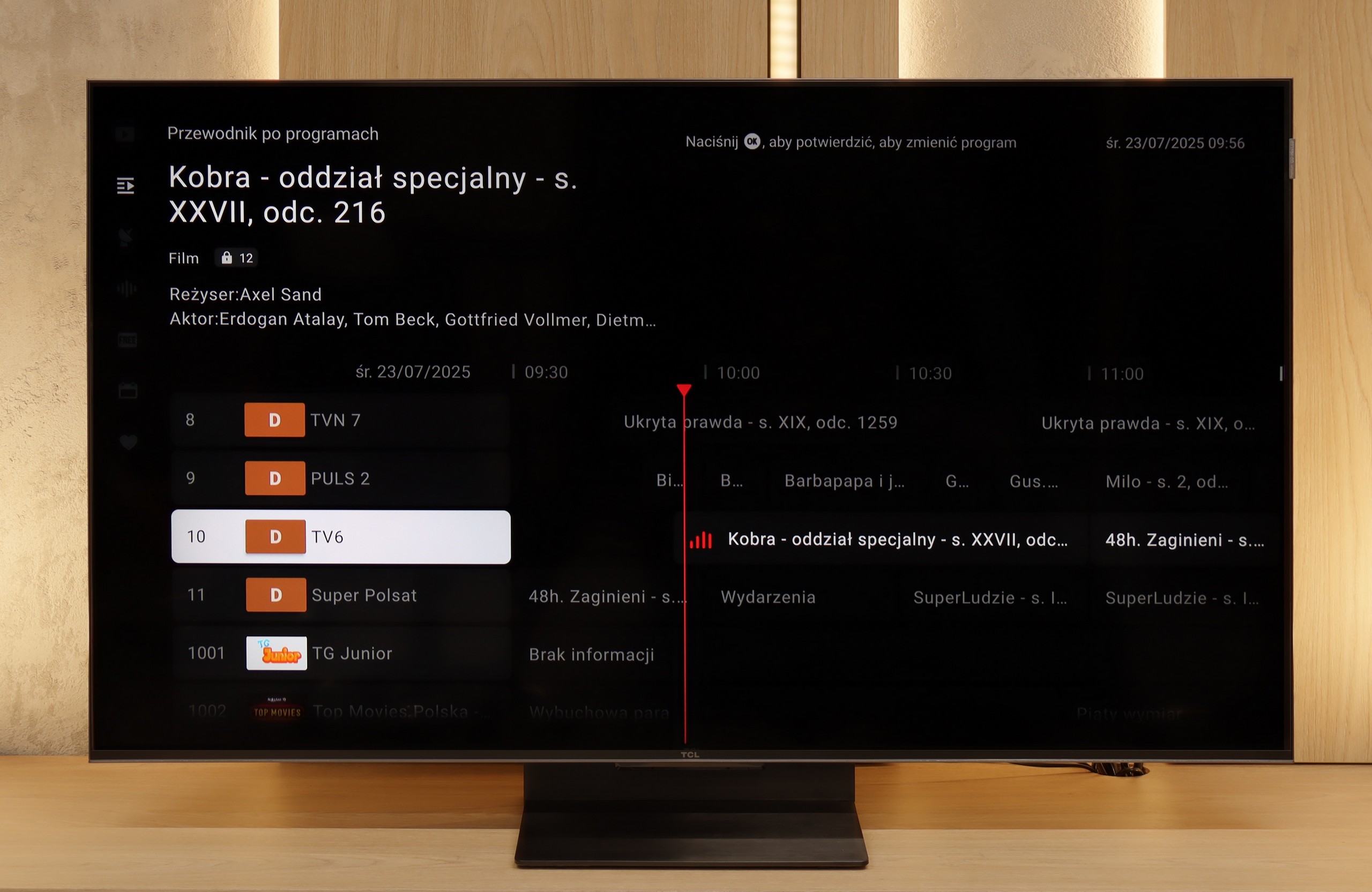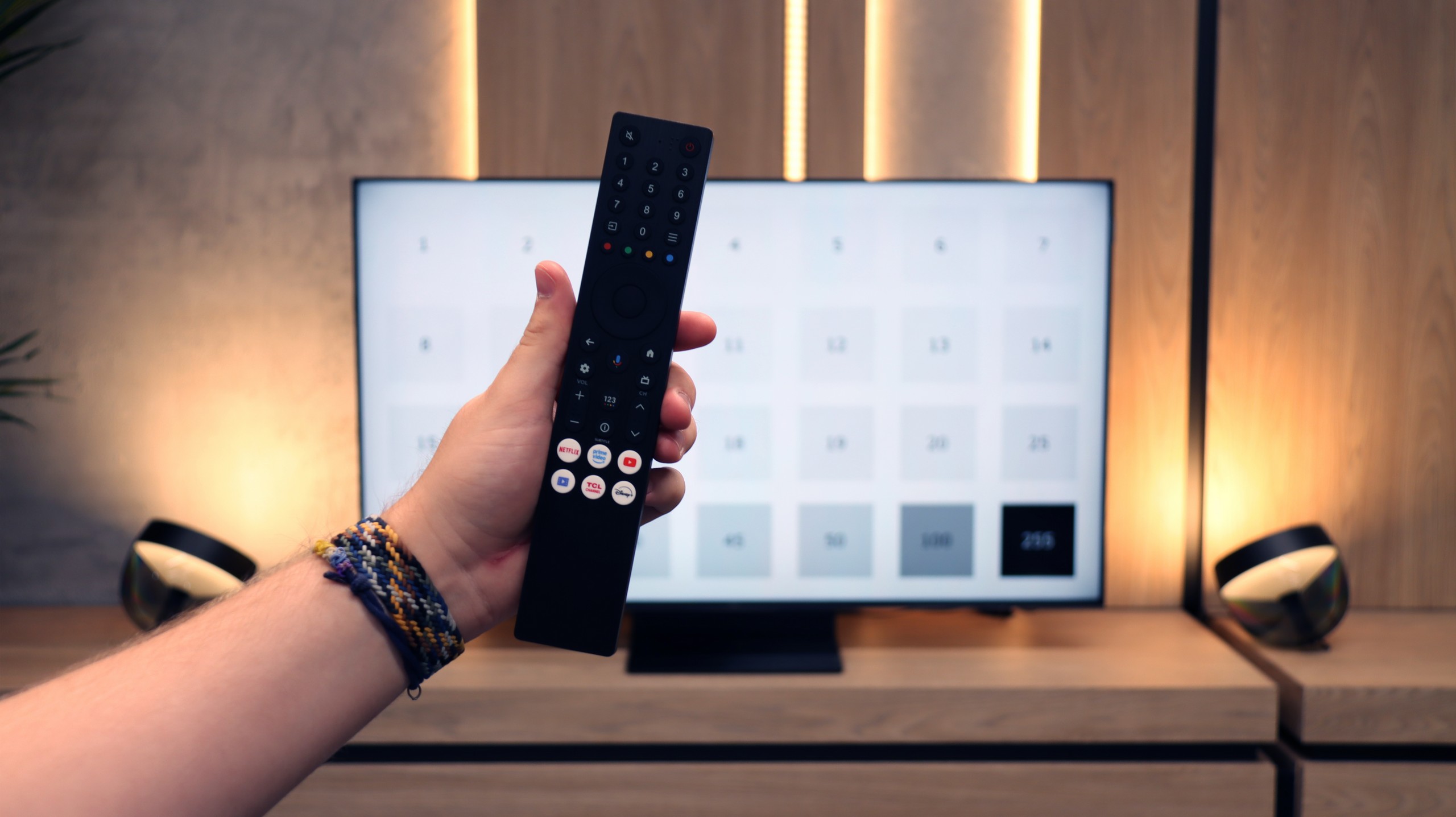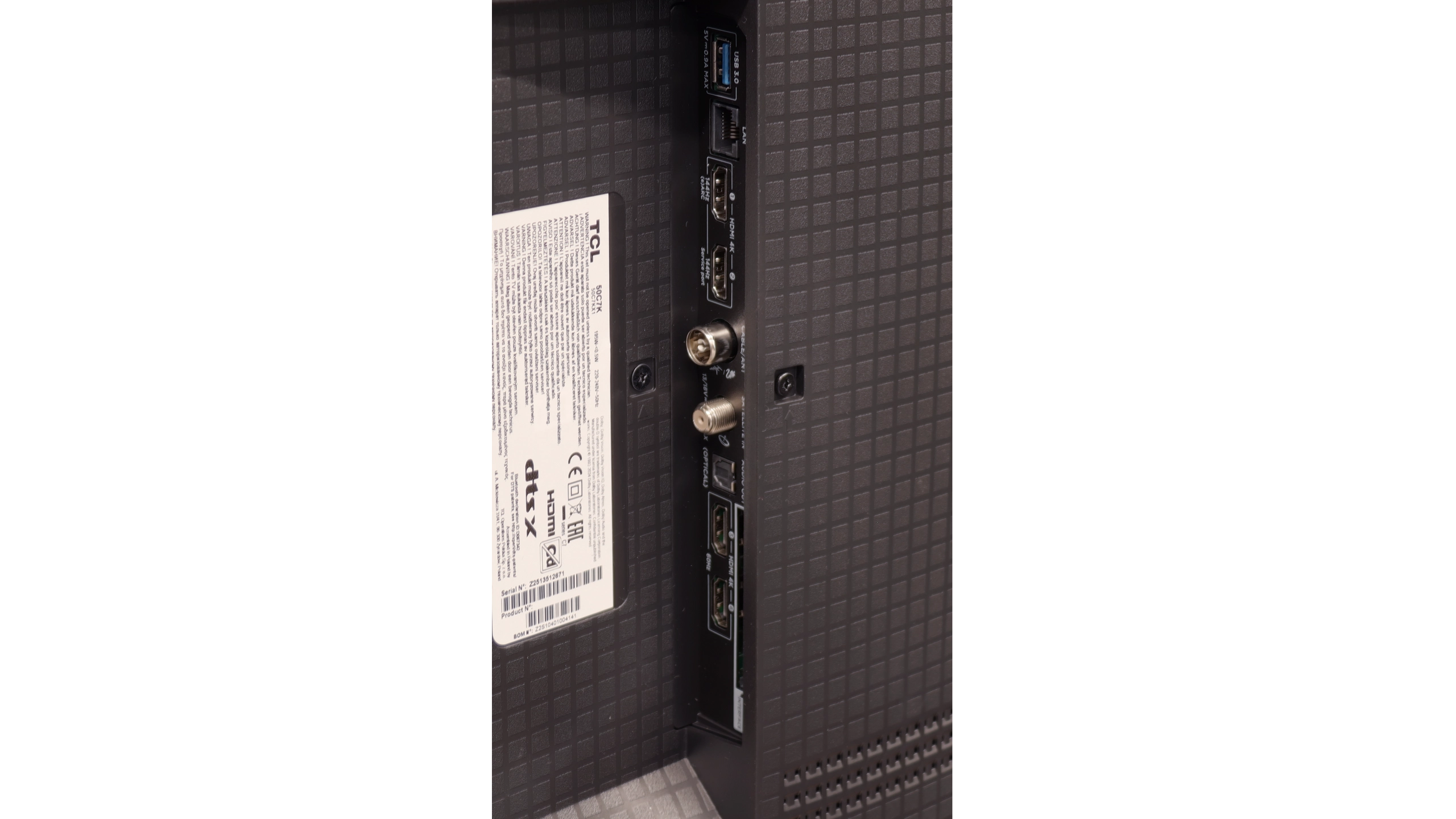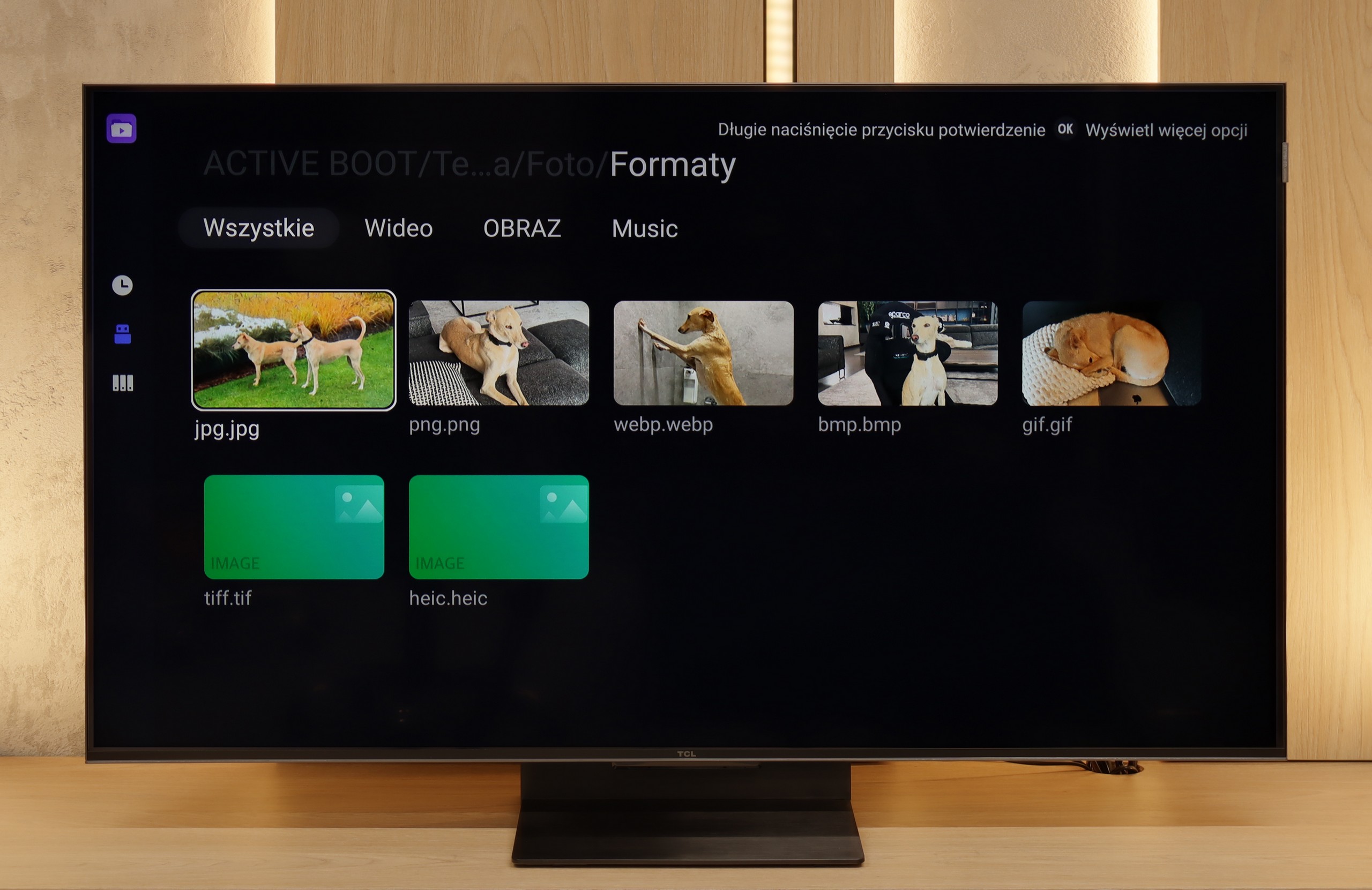There are televisions that come in for testing and at first glance seem like just another "average" model. The TCL C7K looks just that way – without grand claims of revolution, without ambitions to dethrone OLEDs. Yet after spending a few days with this model, it's hard not to conclude that it's actually a well-made product. Its greatest strengths? Very good picture quality at a reasonable price. MiniLED combined with QLED filtering provides vibrant colours, high brightness, and contrast that really impresses in this class. Motion in sports or gaming looks smooth, and the presence of HDMI 2.1 and 144 Hz refresh rate makes gaming on this model a pure delight. Additionally, there's the Google TV system – it offers a vast range of possibilities: from voice control to AirPlay support, and access to all the most important applications.
Are there any drawbacks? Certainly. MiniLED still has its limitations, and in the most challenging cinematic scenes, compromises in dimming can be noticed. Google TV also doesn't always run perfectly smoothly. However, these are rather minor issues that don't overshadow the overall picture – which is indeed very positive. It's also worth highlighting the difference between versions. The 50-inch version we tested can surprise, but the 55–85 inch models perform significantly better – they have more lighting zones, even higher contrast quality, and better sound. So if you're considering purchasing the C7K, it's definitely worth opting for a larger size.
The Philips MLED920 is a natural continuation of last year's model PML9000, but it is not a repetition of the past. It is clear that the manufacturer has done their homework – primarily, the local dimming algorithms have been improved, which last year could significantly ruin the viewing experience. Now, blacks and contrast look much better, and with Dolby Vision present here, even HDR content appears quite decent. The picture can sometimes shine where it should, without straining the eyes during difficult scenes. Undoubtedly, the biggest asset of the MLED920 is its unique Ambilight system. The three-sided backlighting can give films and games a completely new atmosphere – the screen seems to extend beyond its borders, and the entire room becomes part of the viewing experience. This is something that not only cinema enthusiasts will appreciate but also gamers, who, alongside the lights, receive a full set of features typical for modern gaming TVs: 144 Hz, VRR, ALLM, and Dolby Vision Gaming. In this regard, Philips has a lot to offer. However. Indeed, there is a significant however – here we reach the most difficult part of this verdict – it is still a dual-purpose device. On one hand, we have a strong picture and a unique Ambilight feature, while on the other, there are hardware limitations that are hard to ignore. Titan OS in its current form is a considerable hindrance, full of bugs and deficiencies, which cause the television to lag behind the competition. On top of that, the price is not low at all given the offered capabilities. Therefore, it is difficult to recommend it unambiguously to everyone. However, if you are looking for the brightest Philips screen at a reasonable price, with Ambilight, a full set of gamer features, and basic applications – the MLED920 will be quite a suitable choice.
